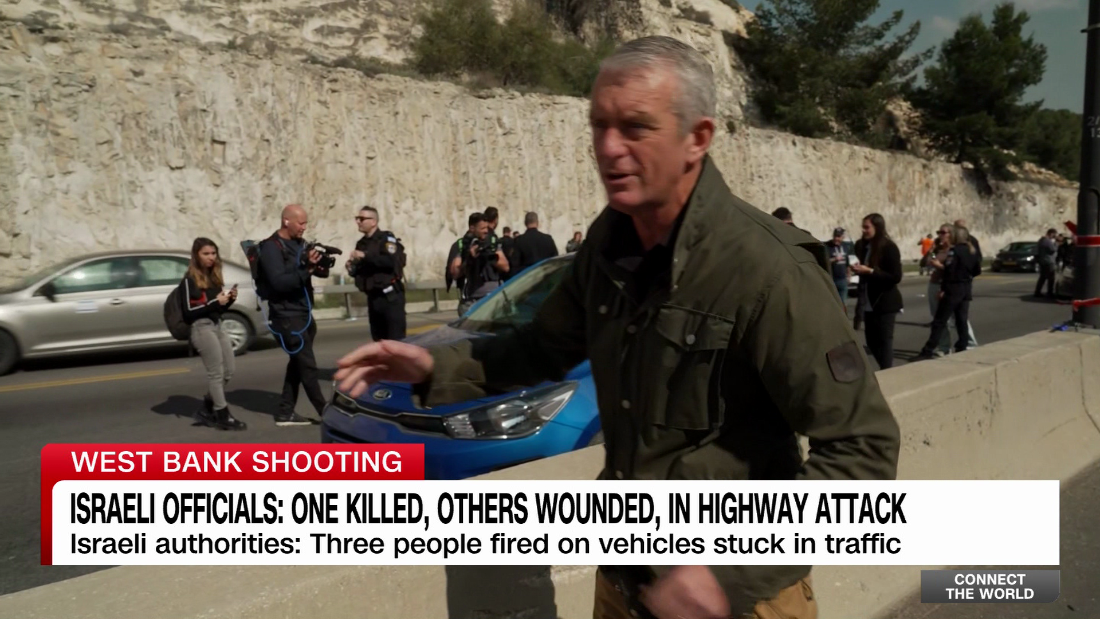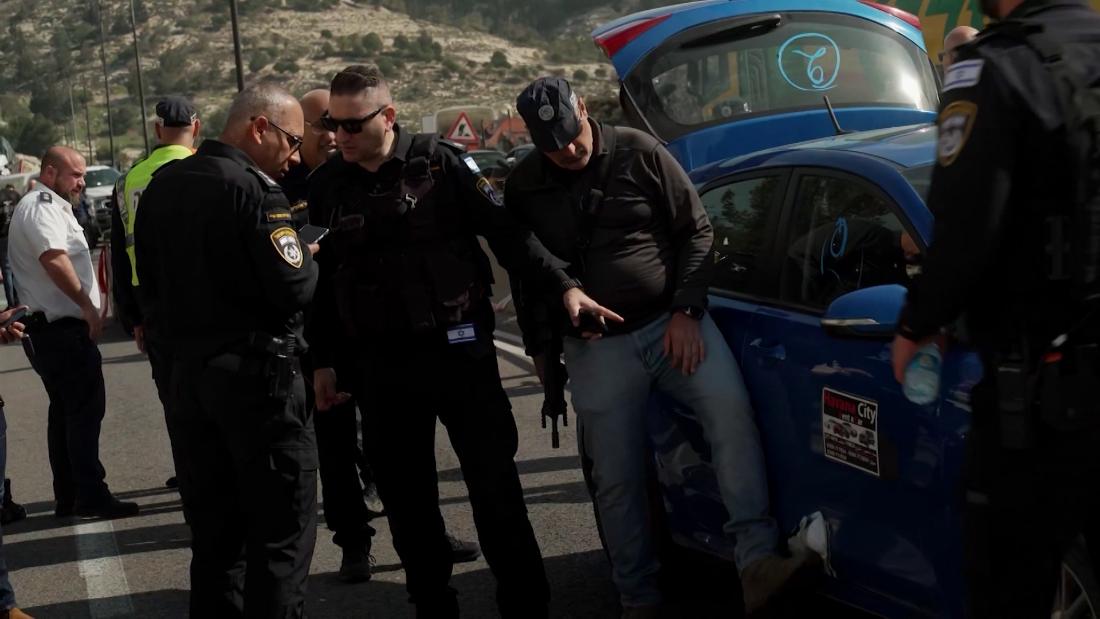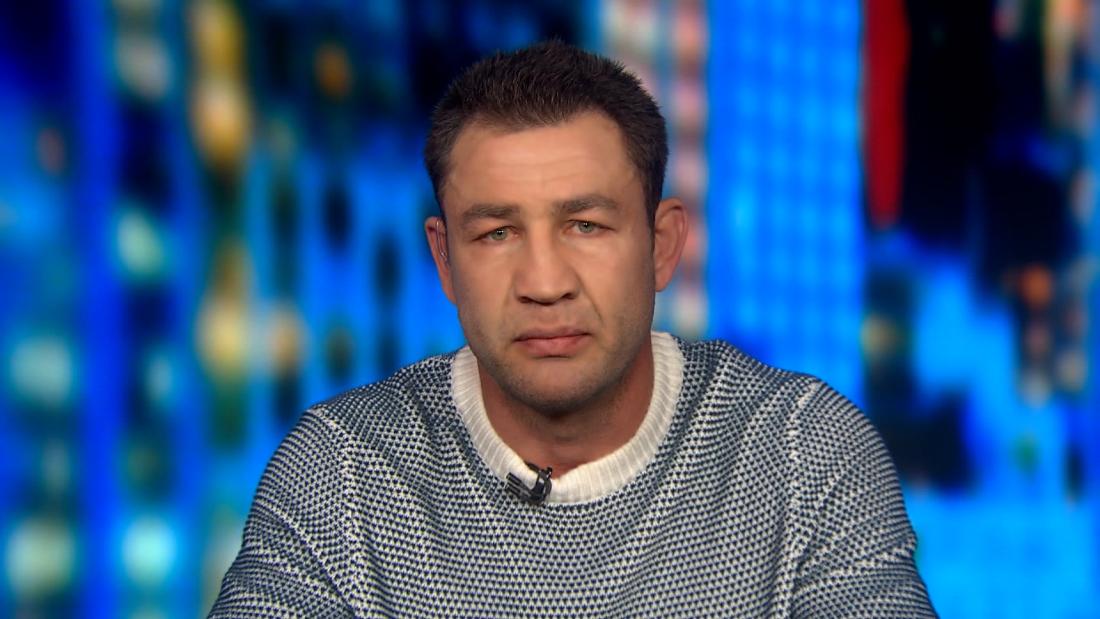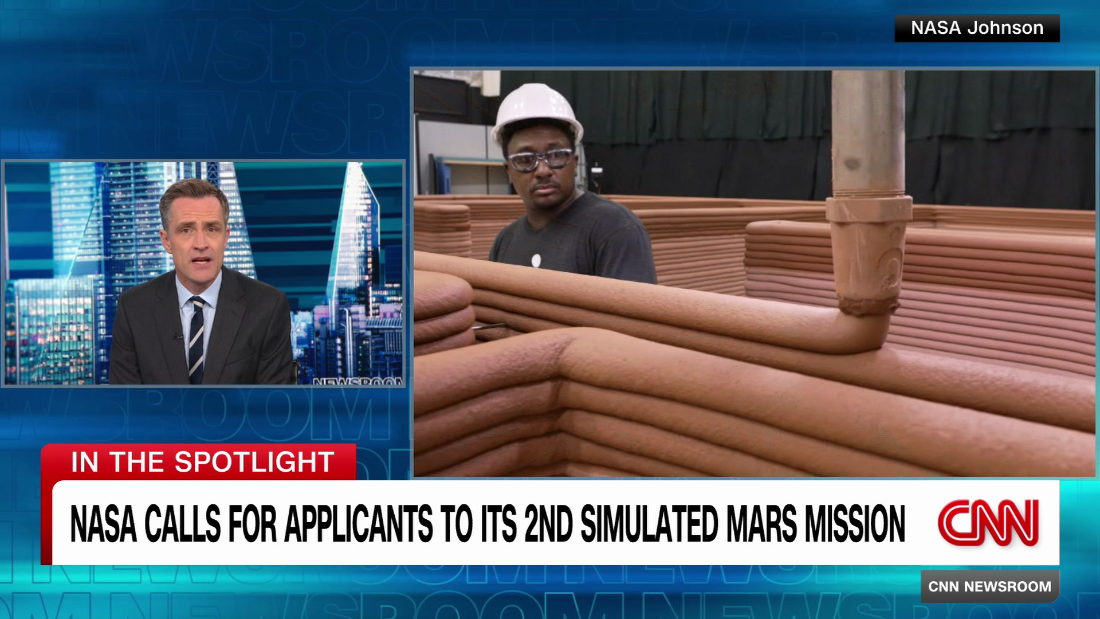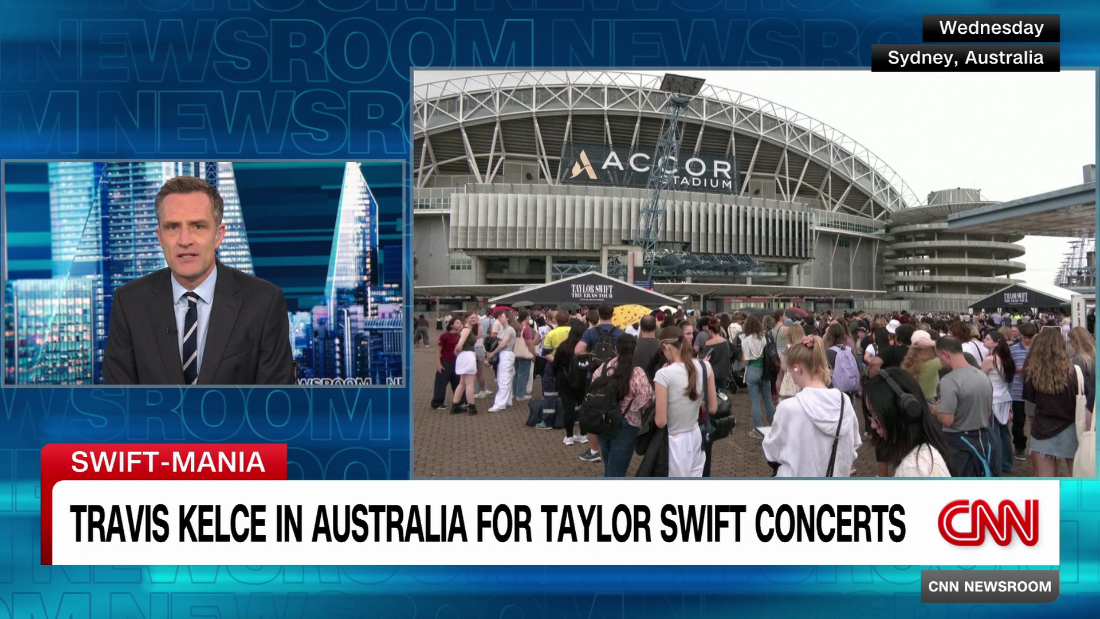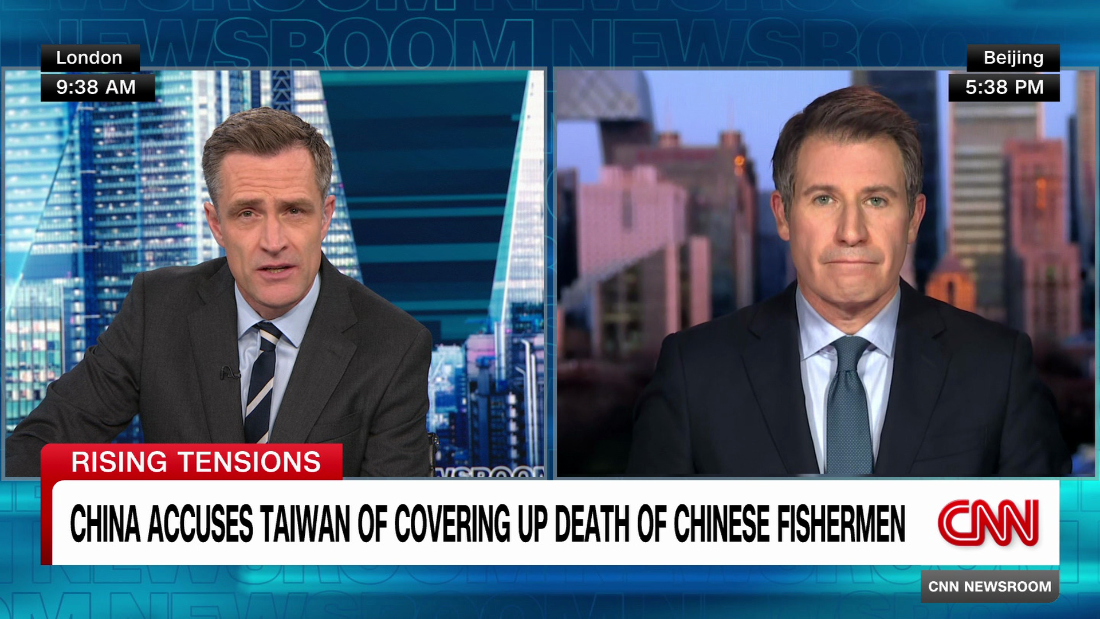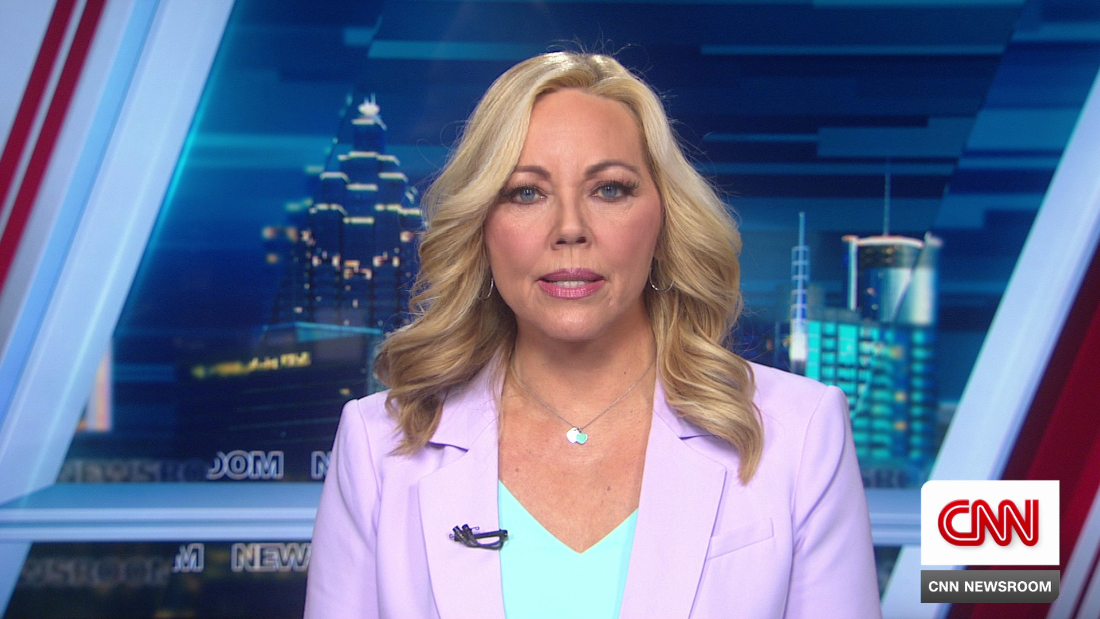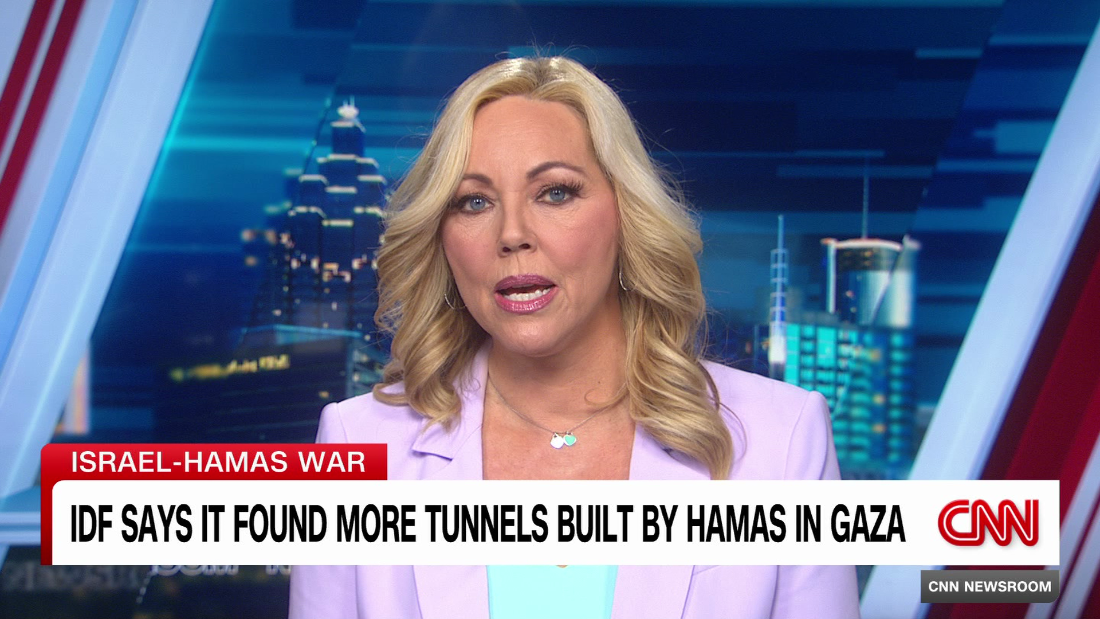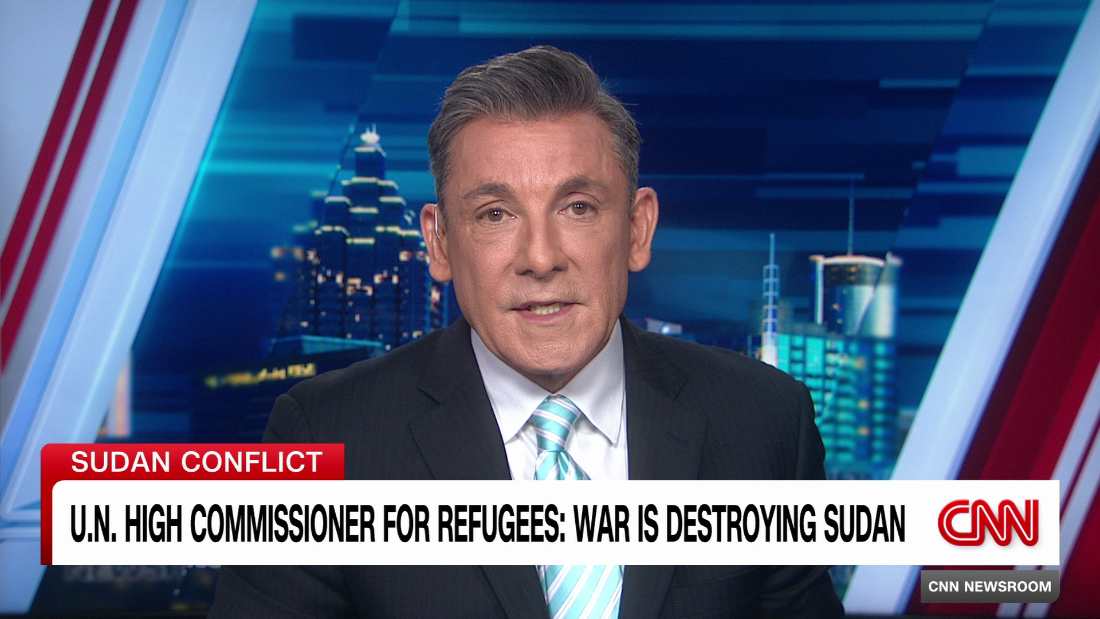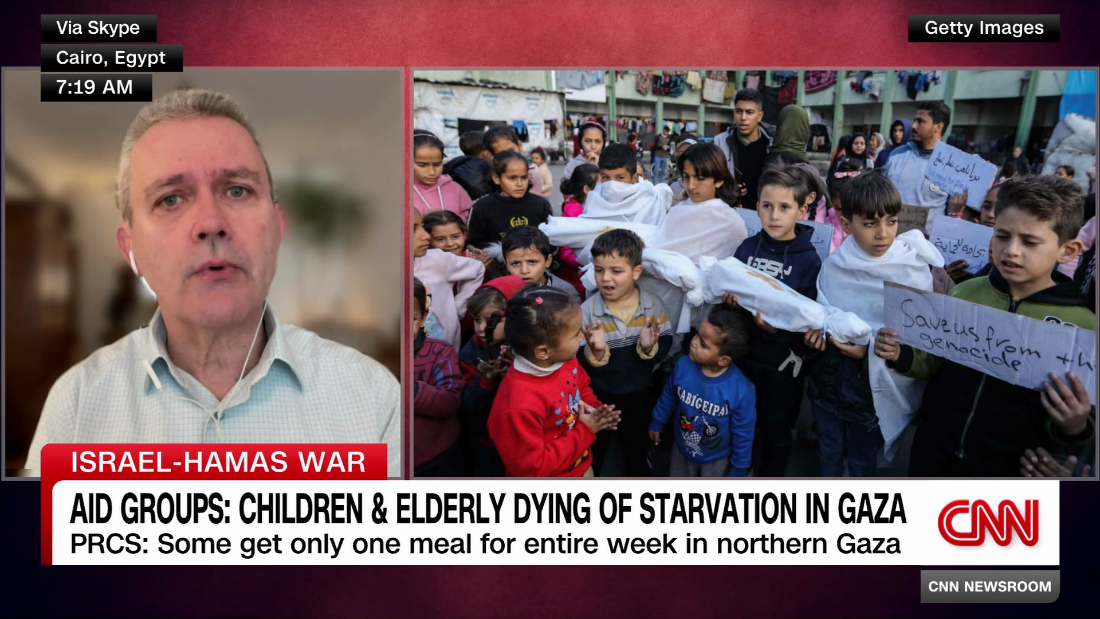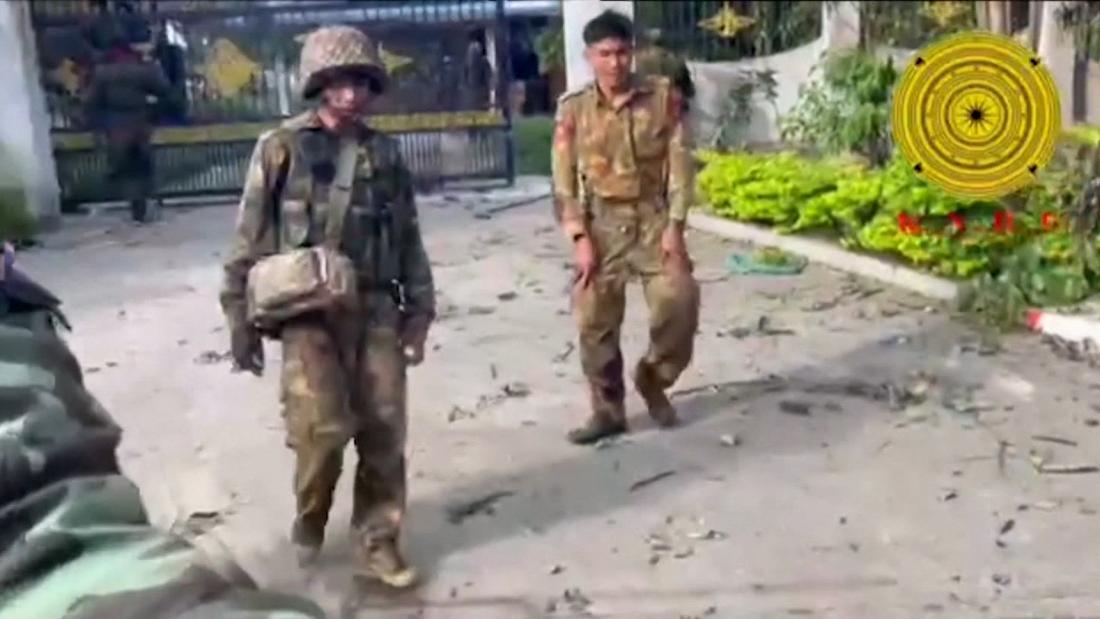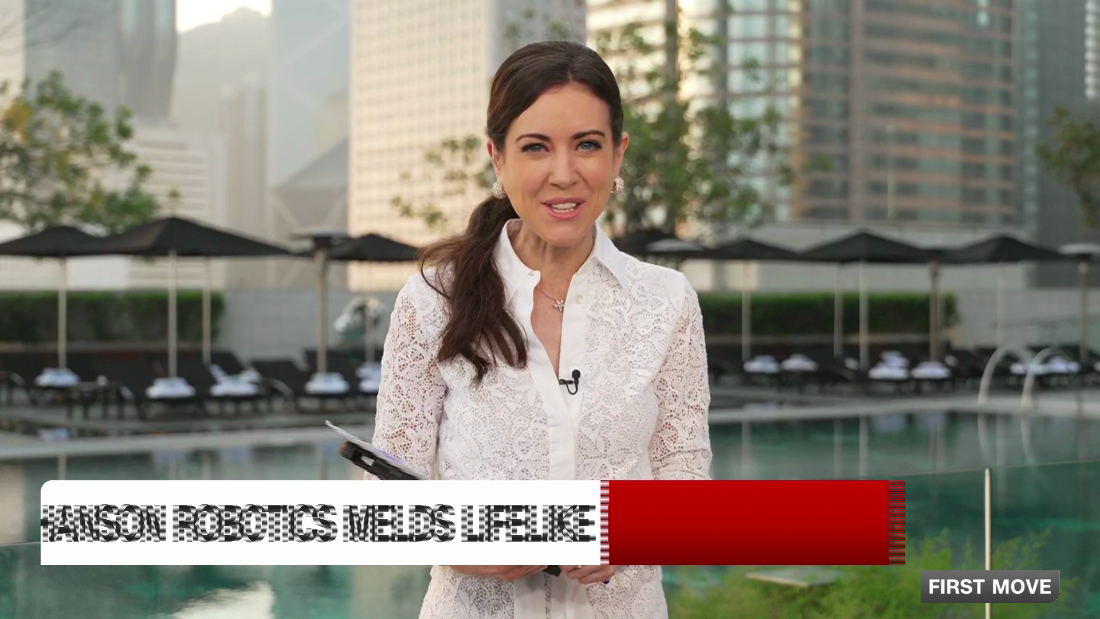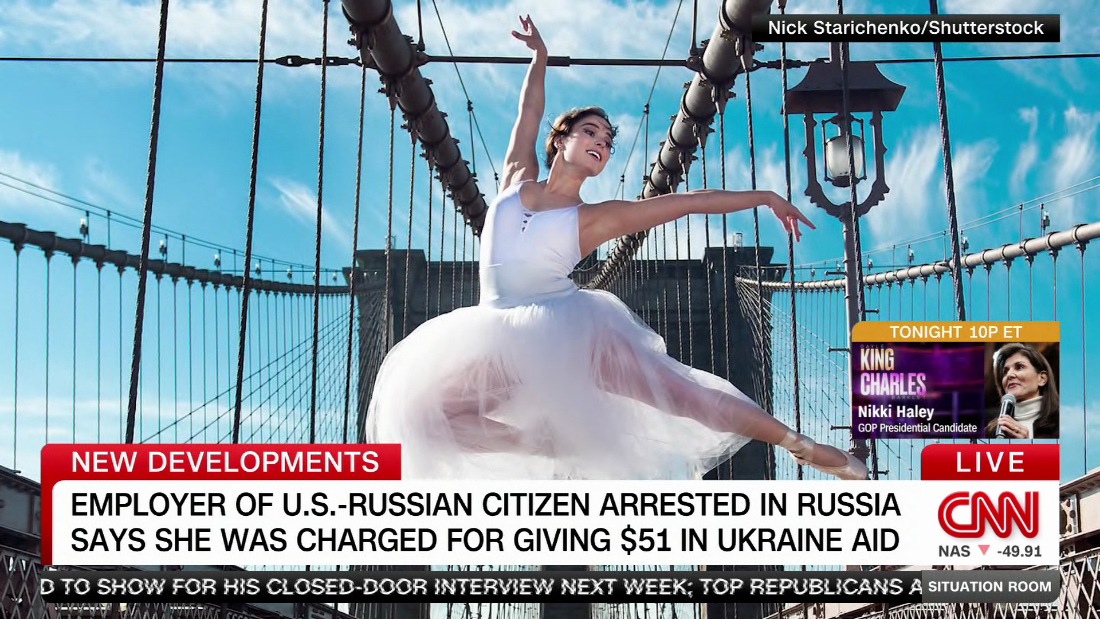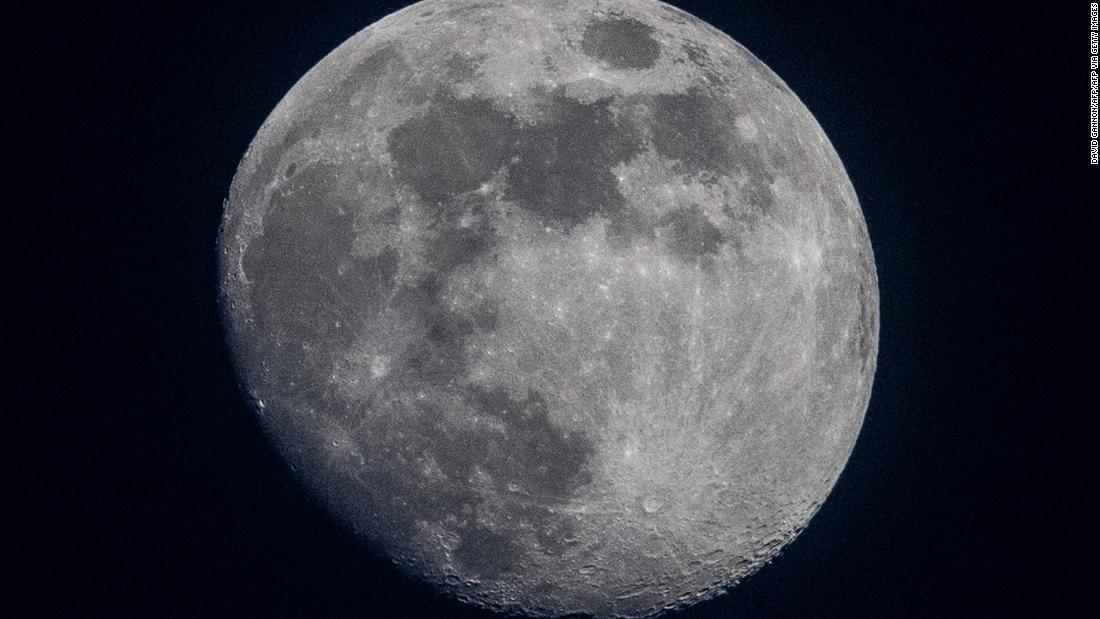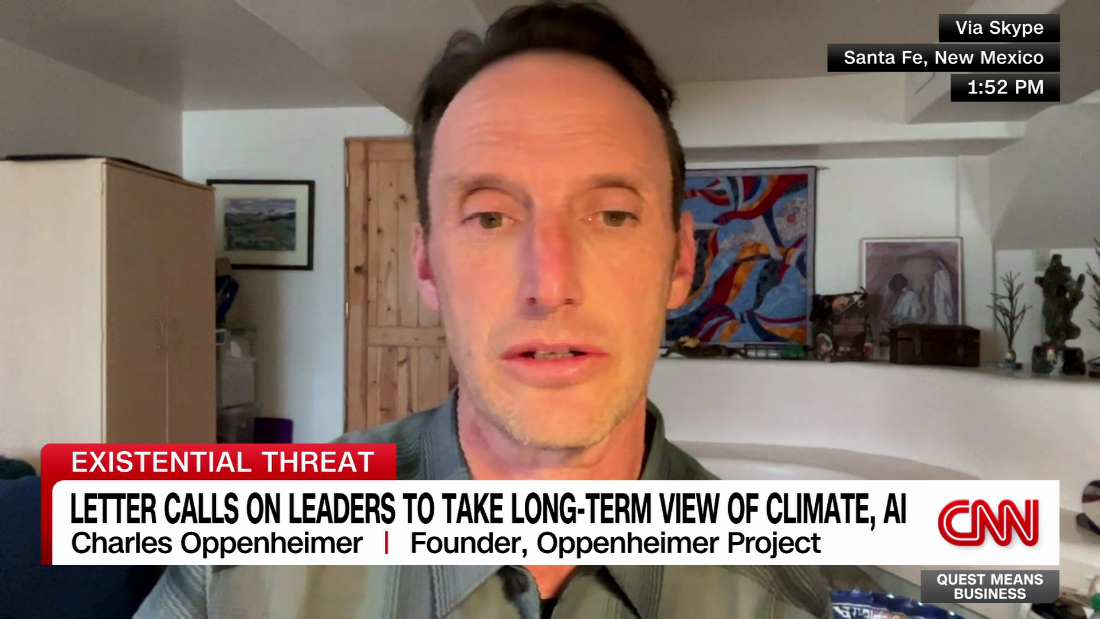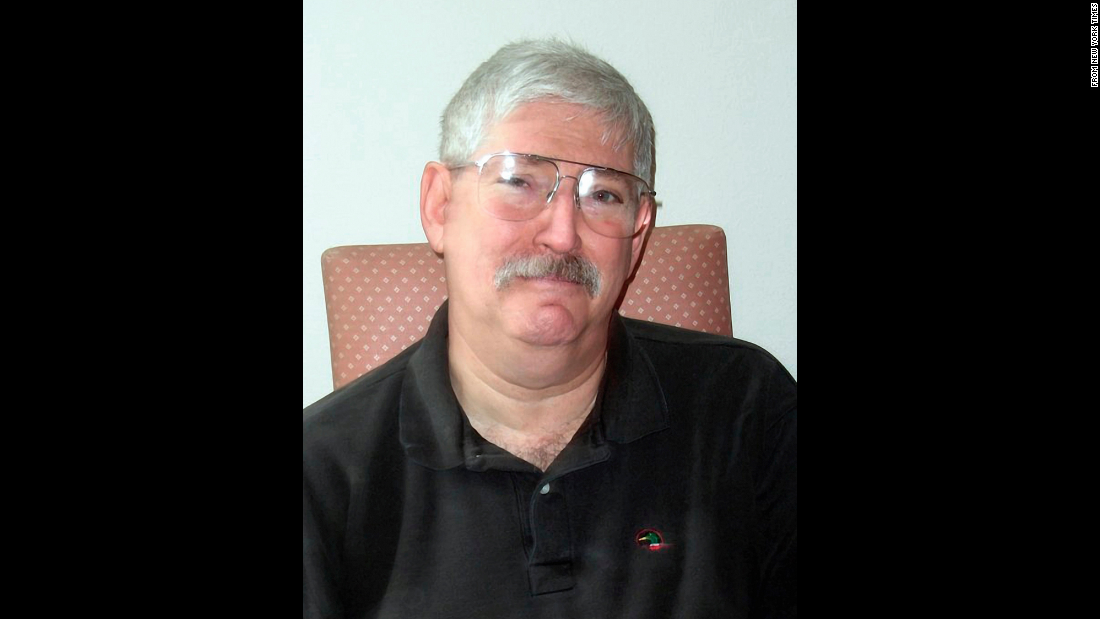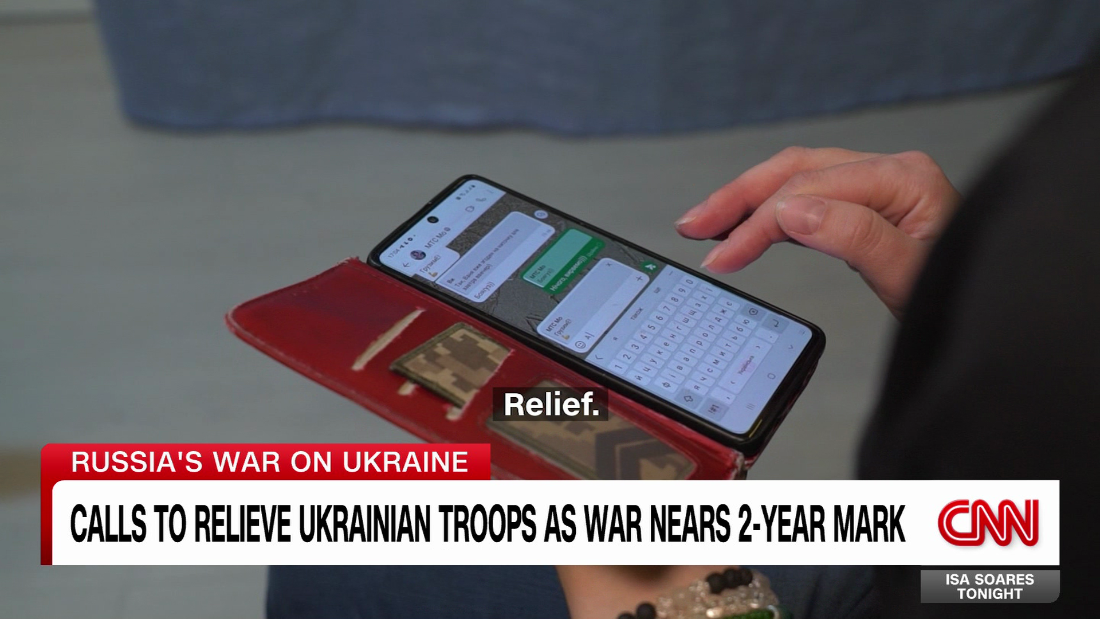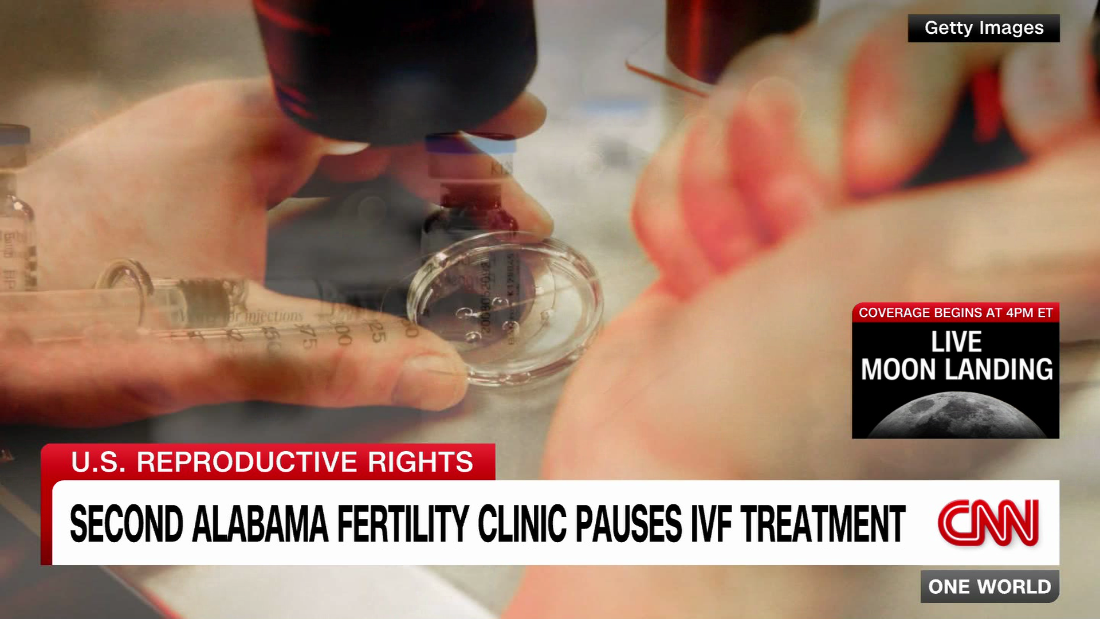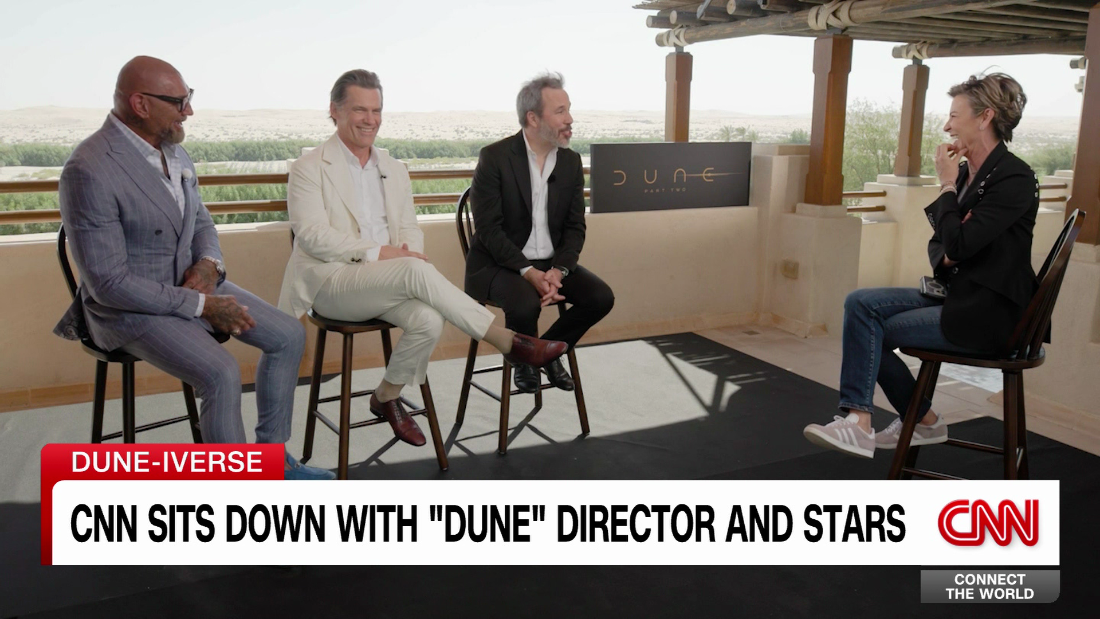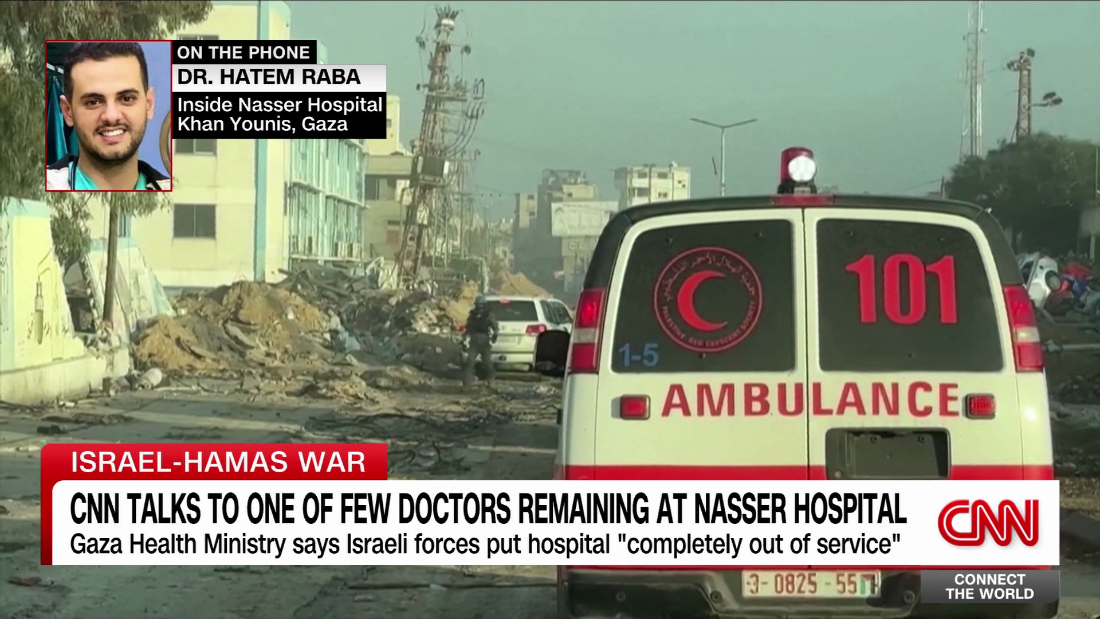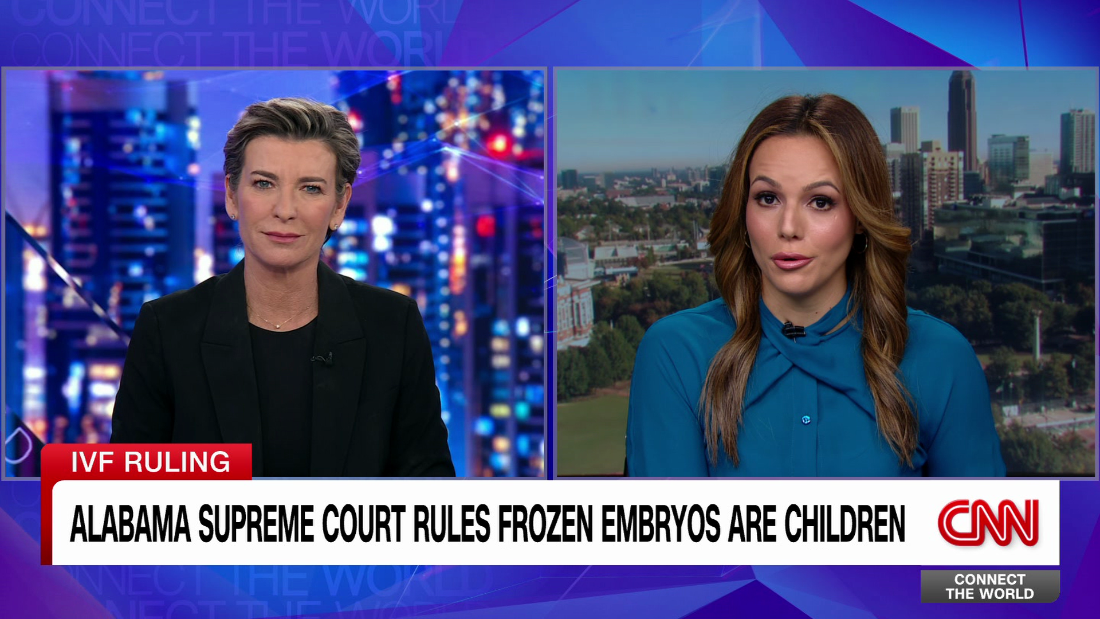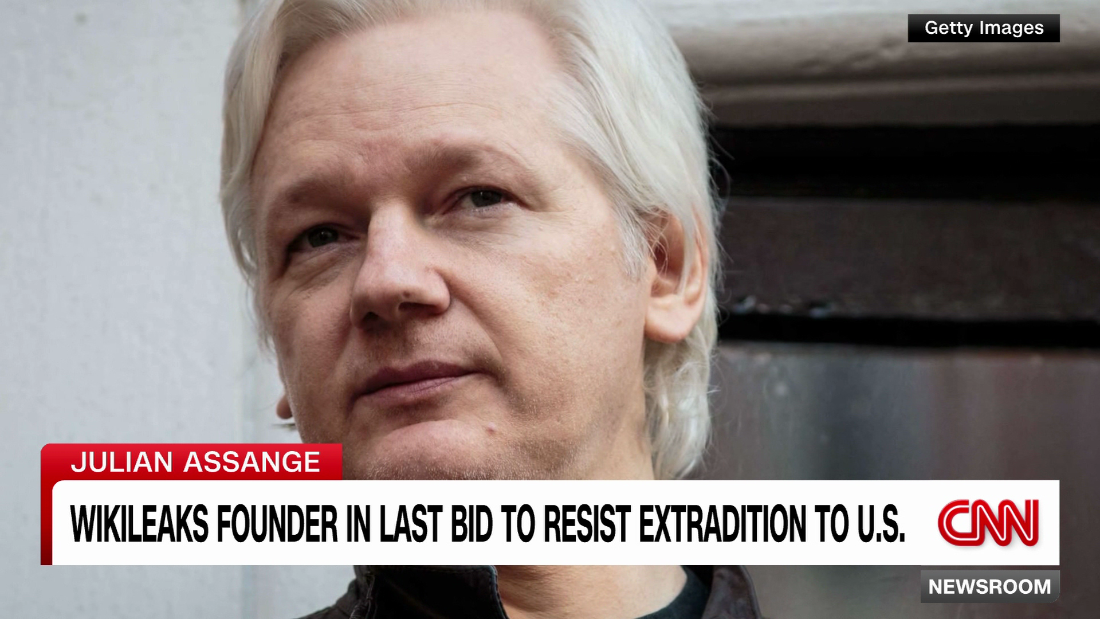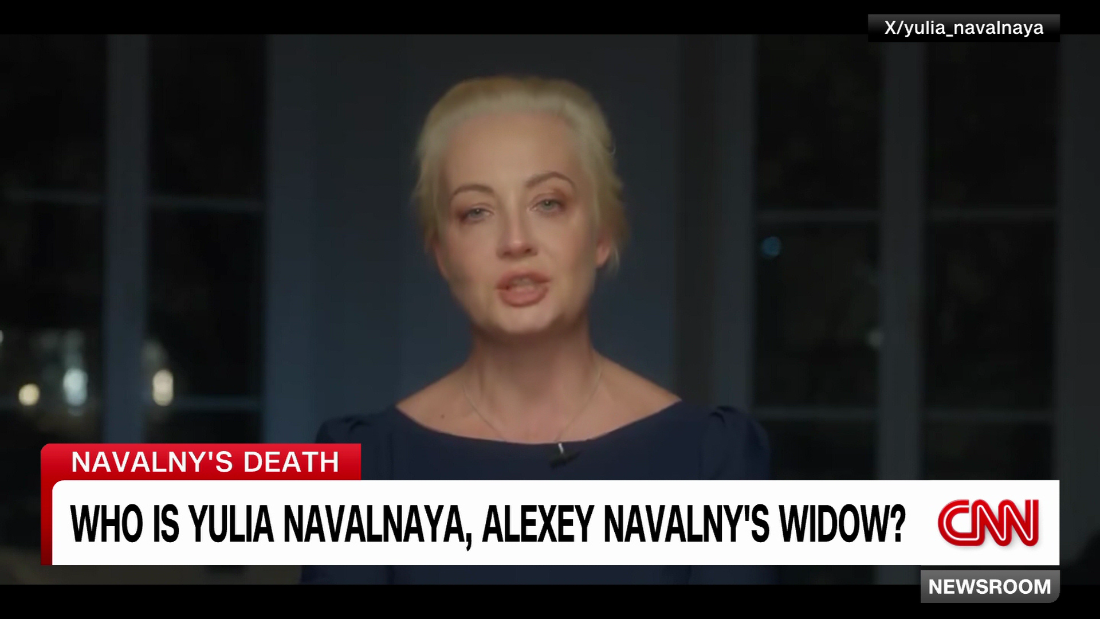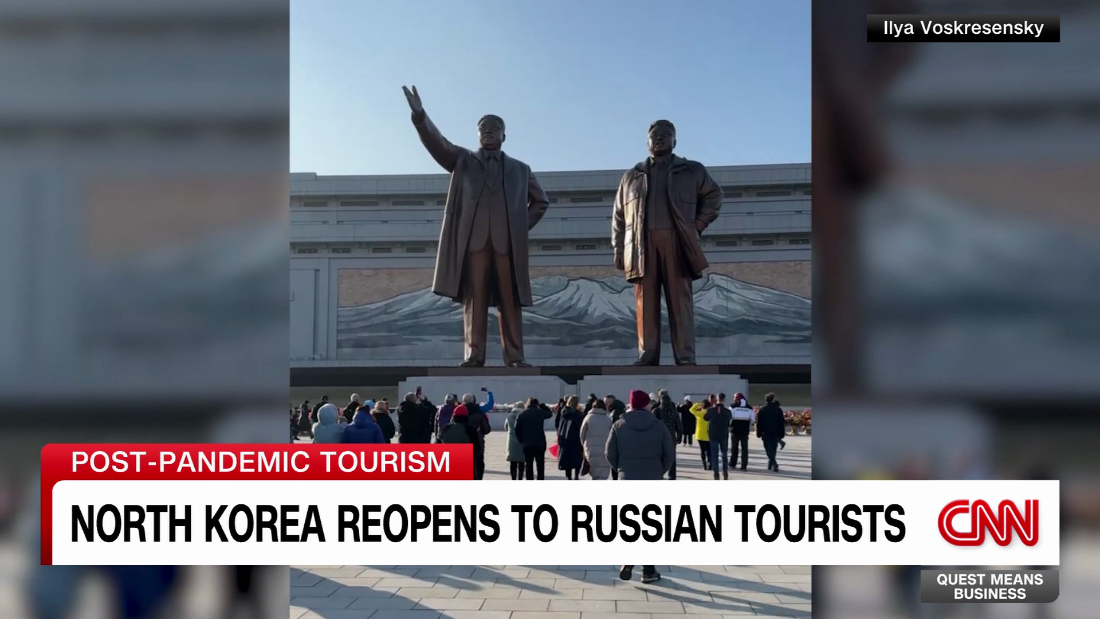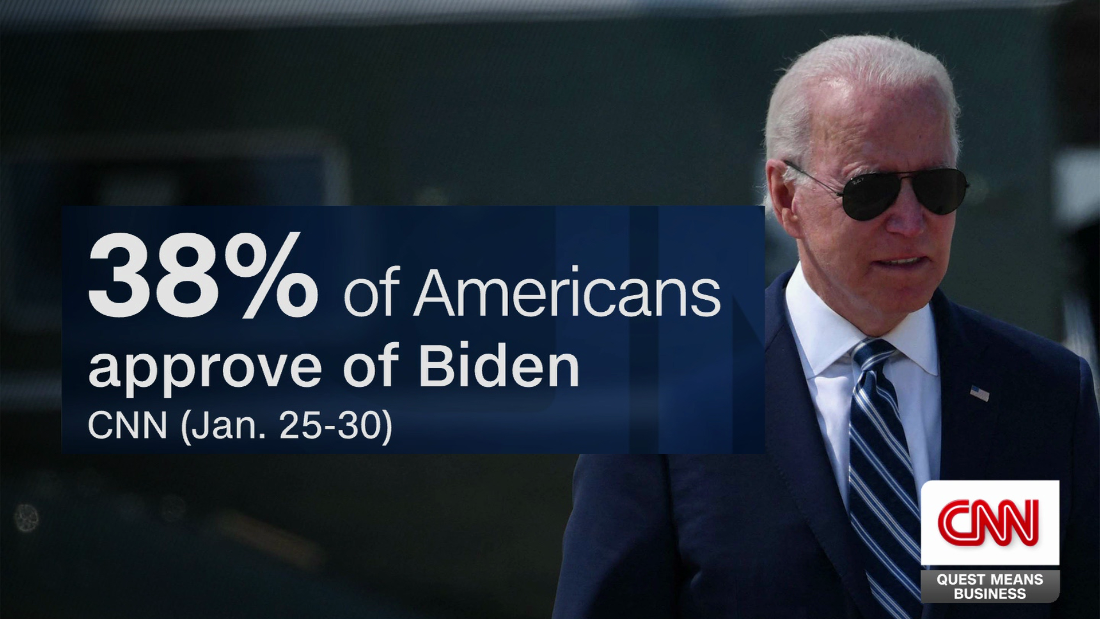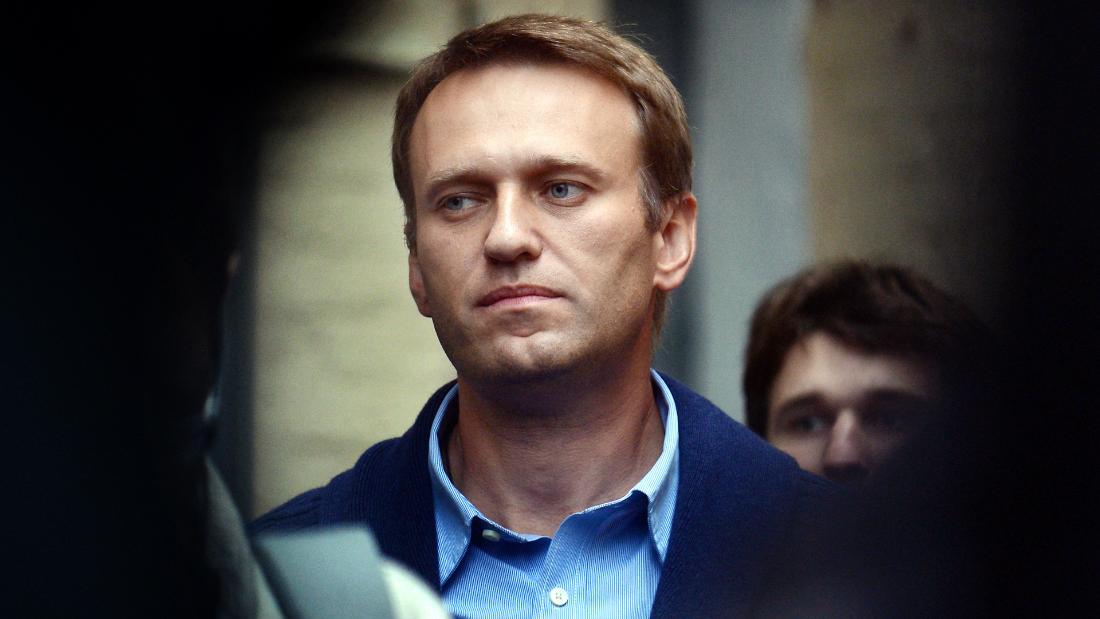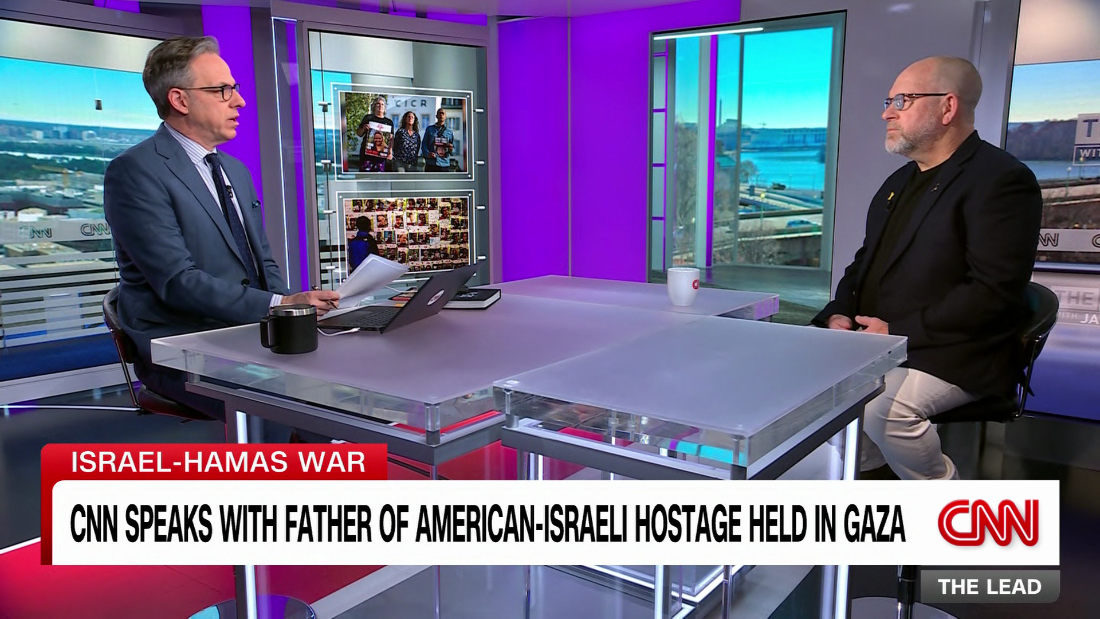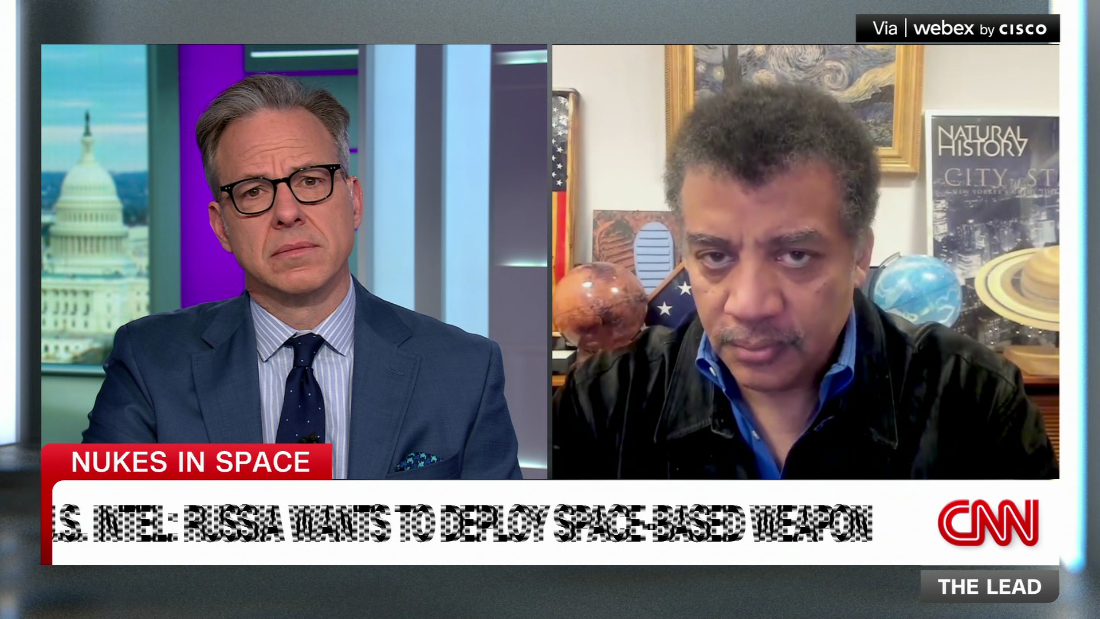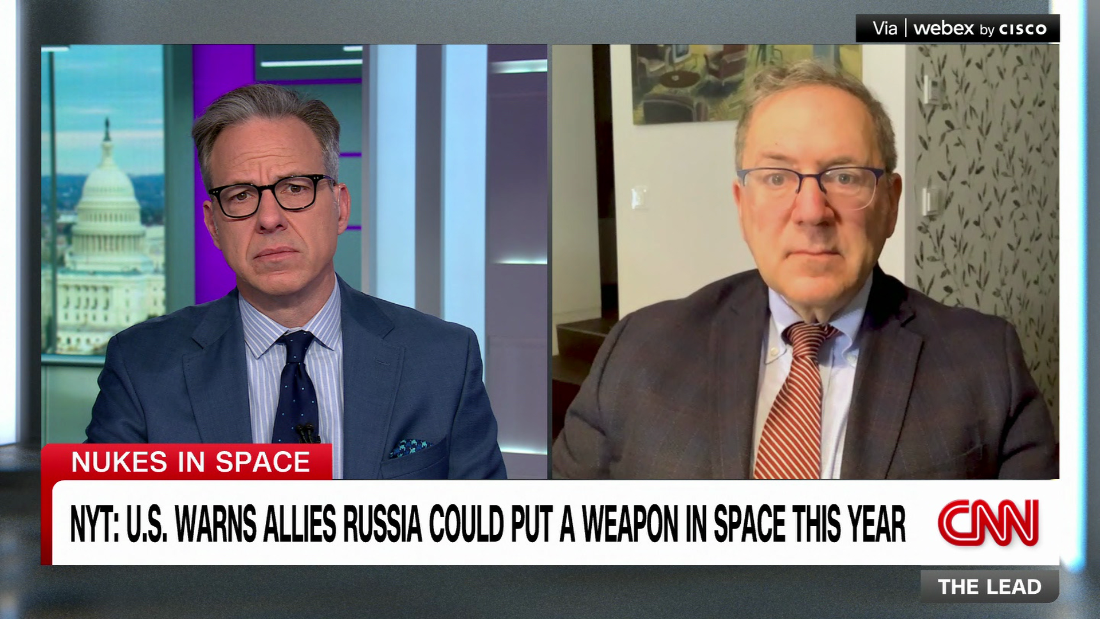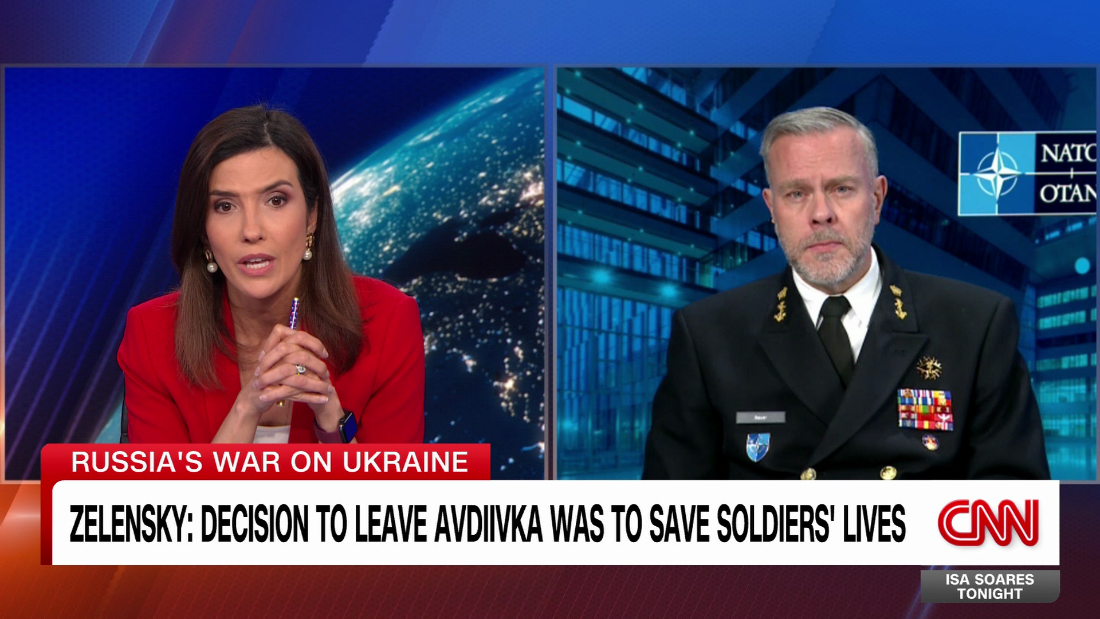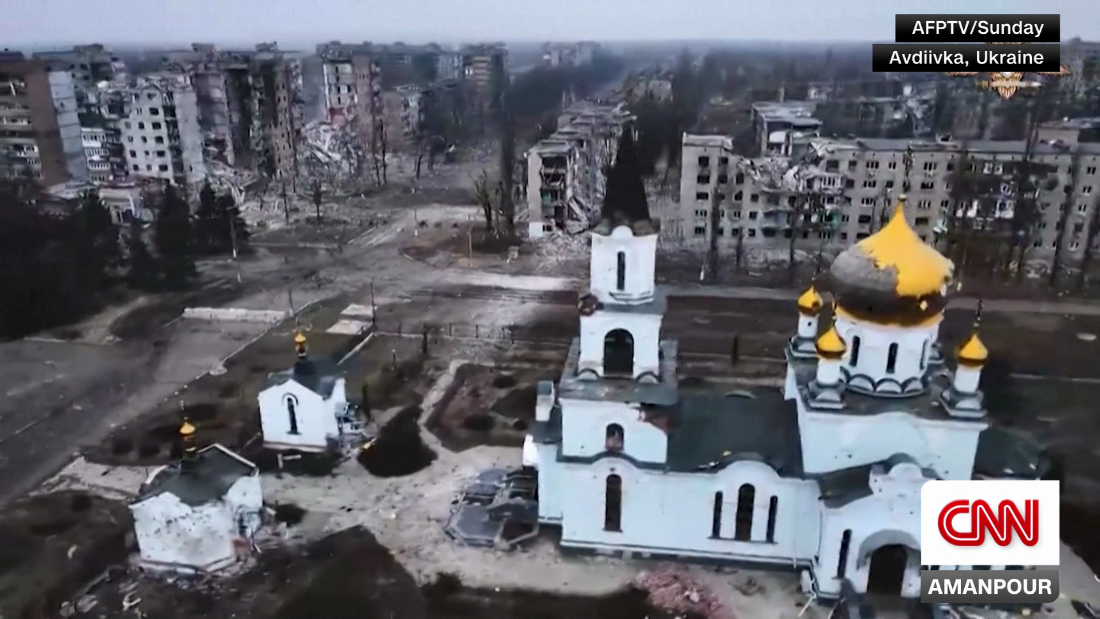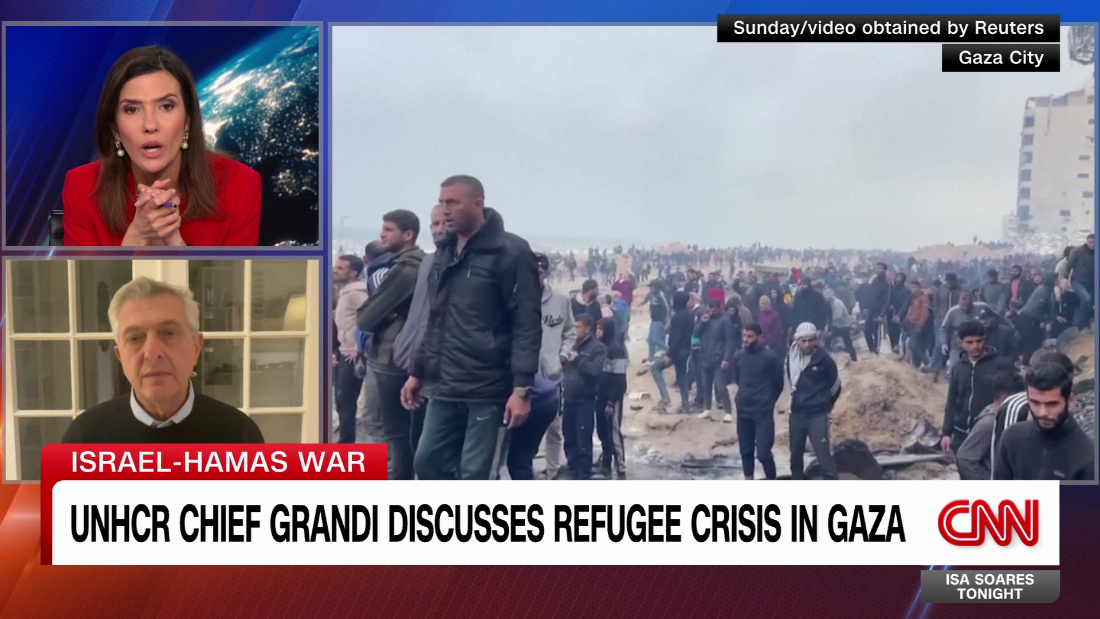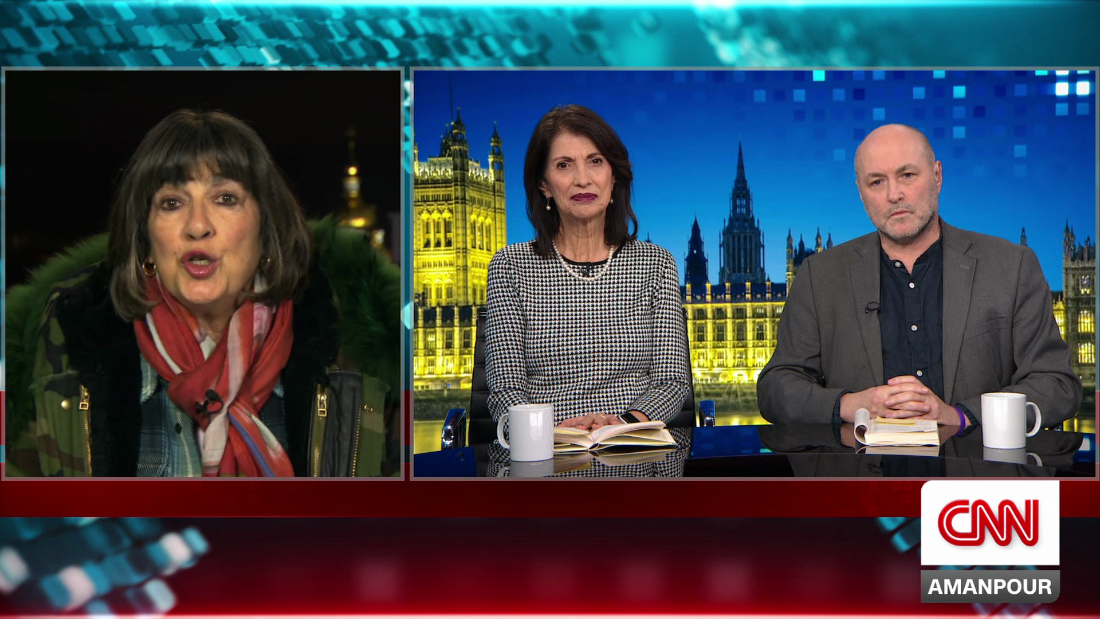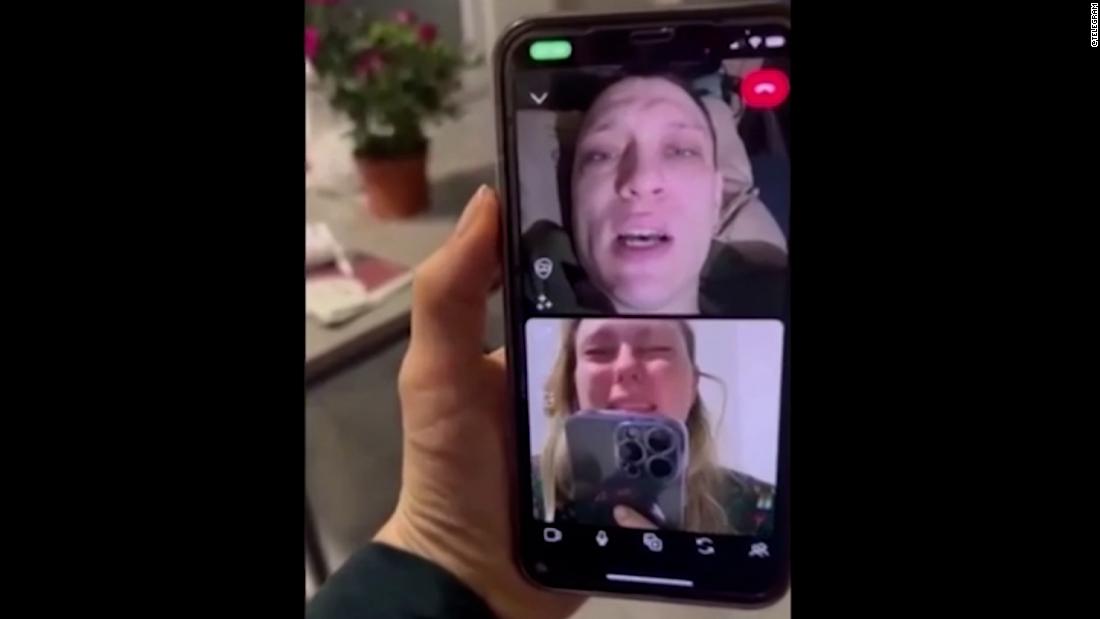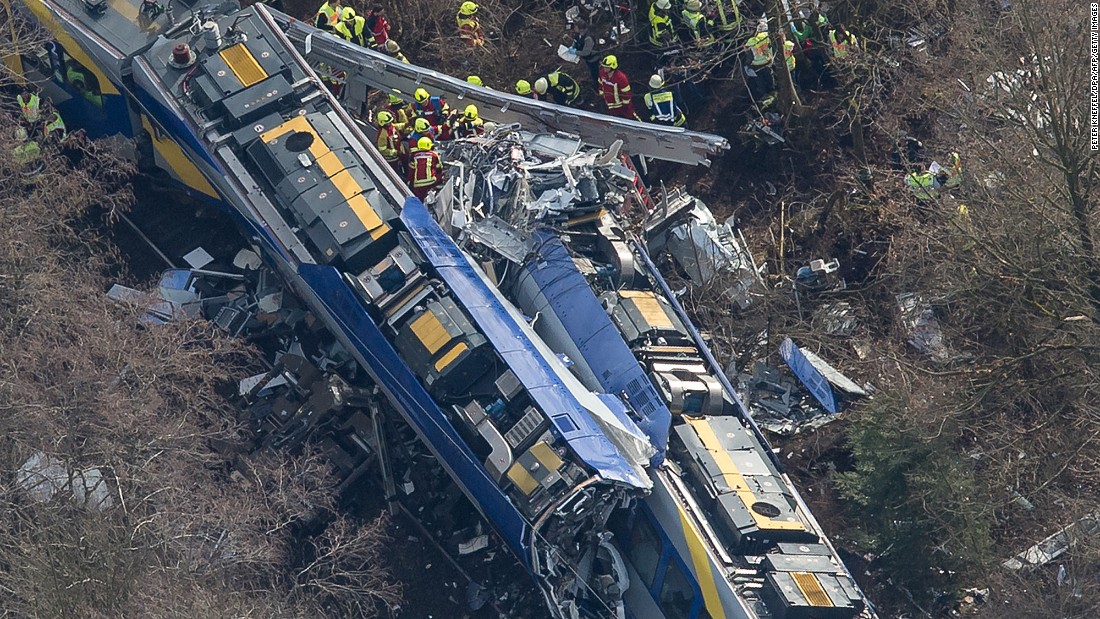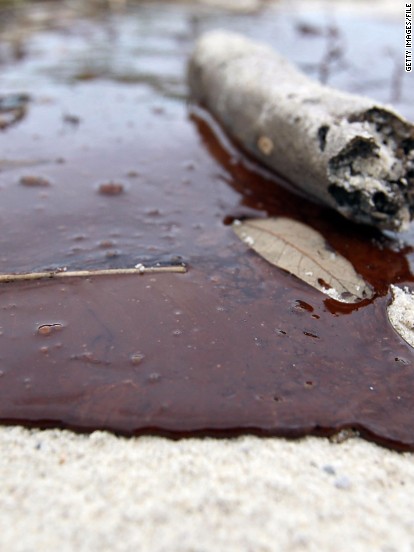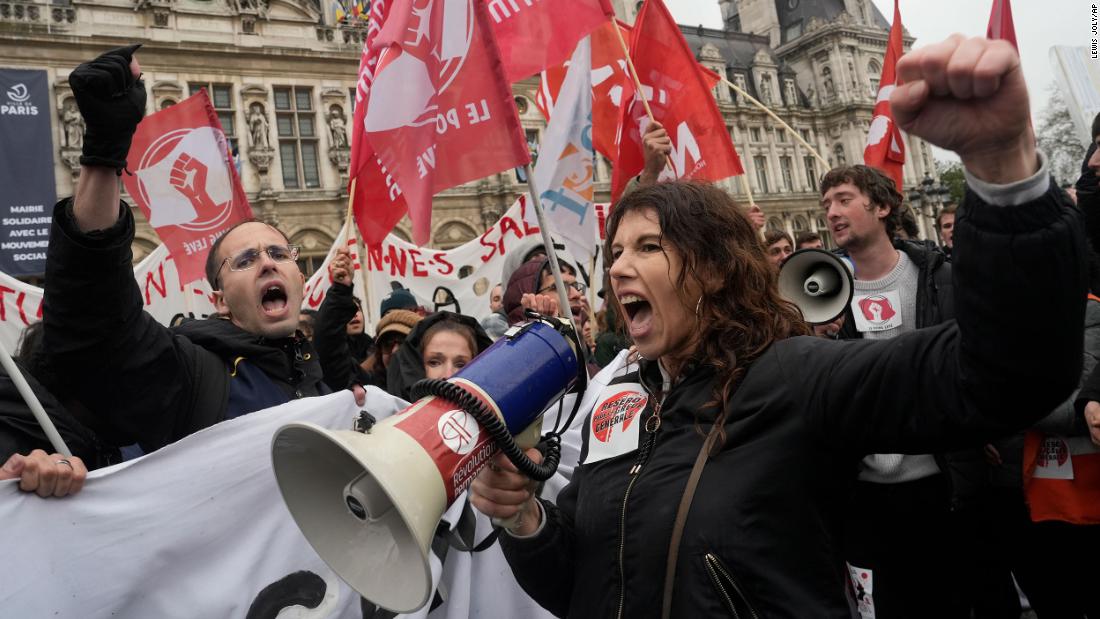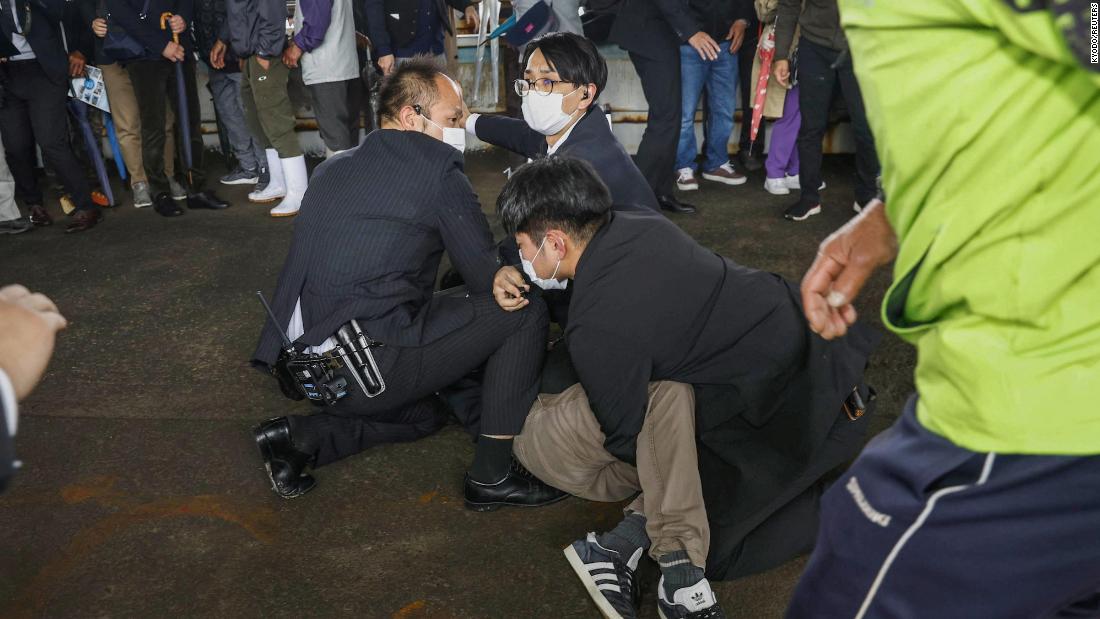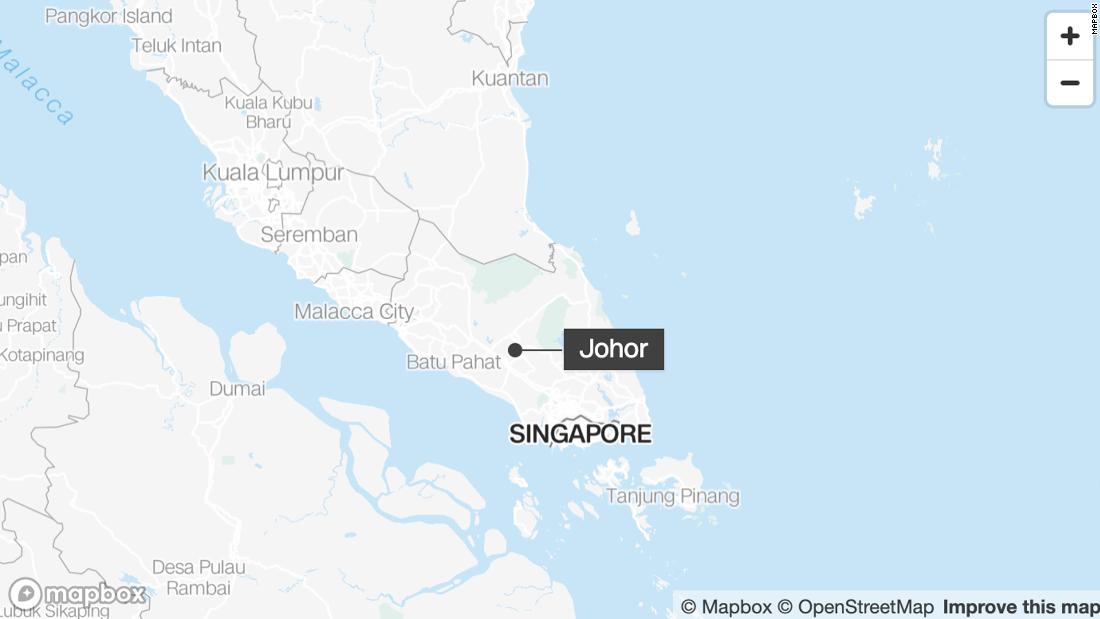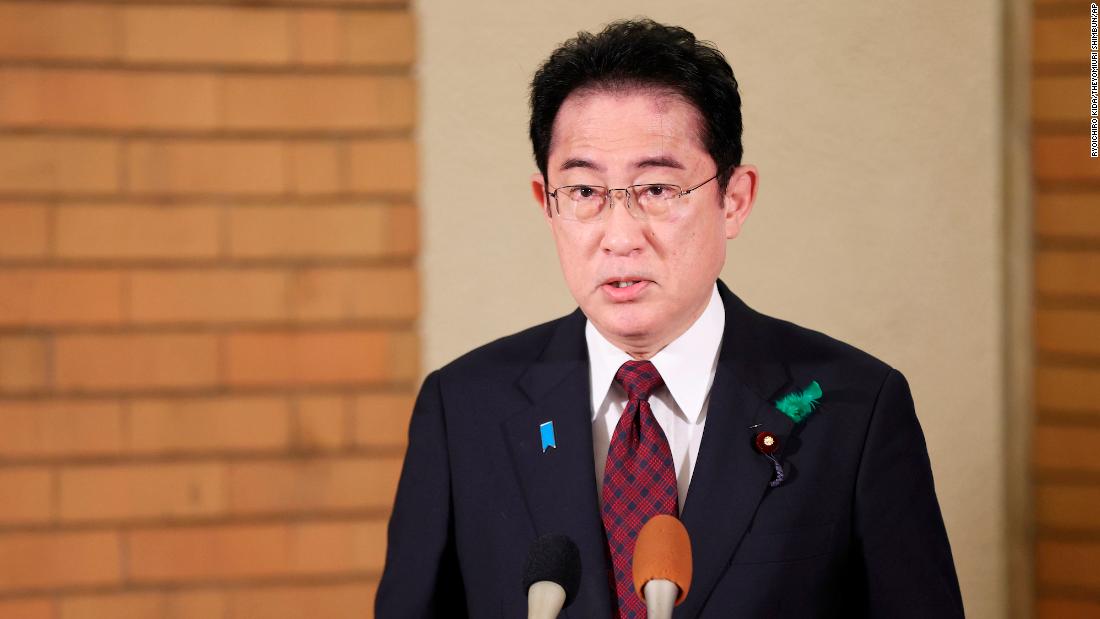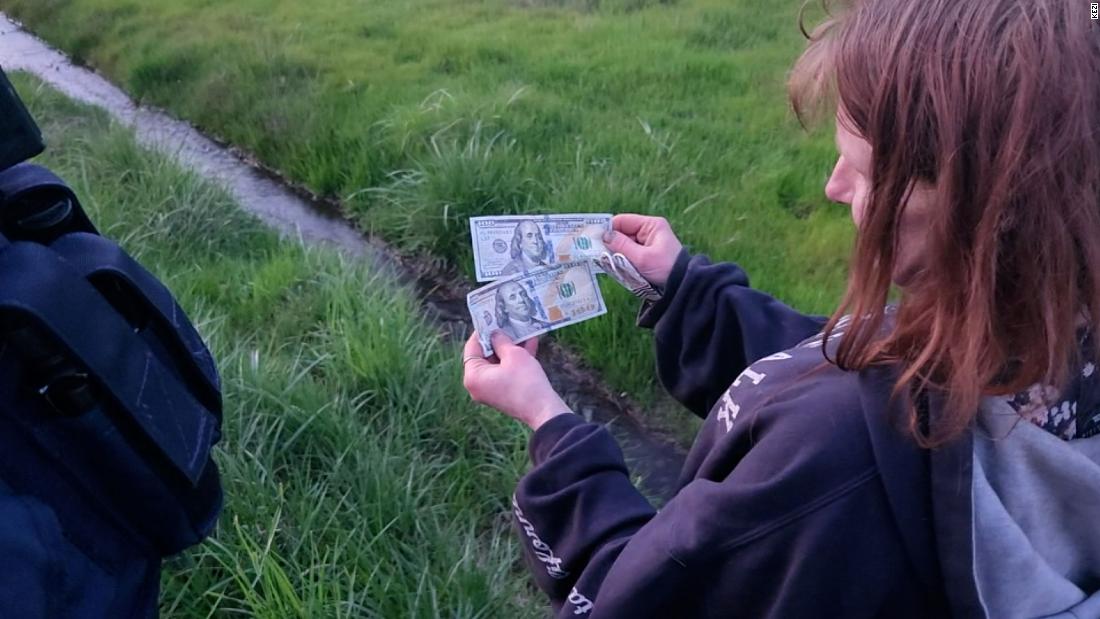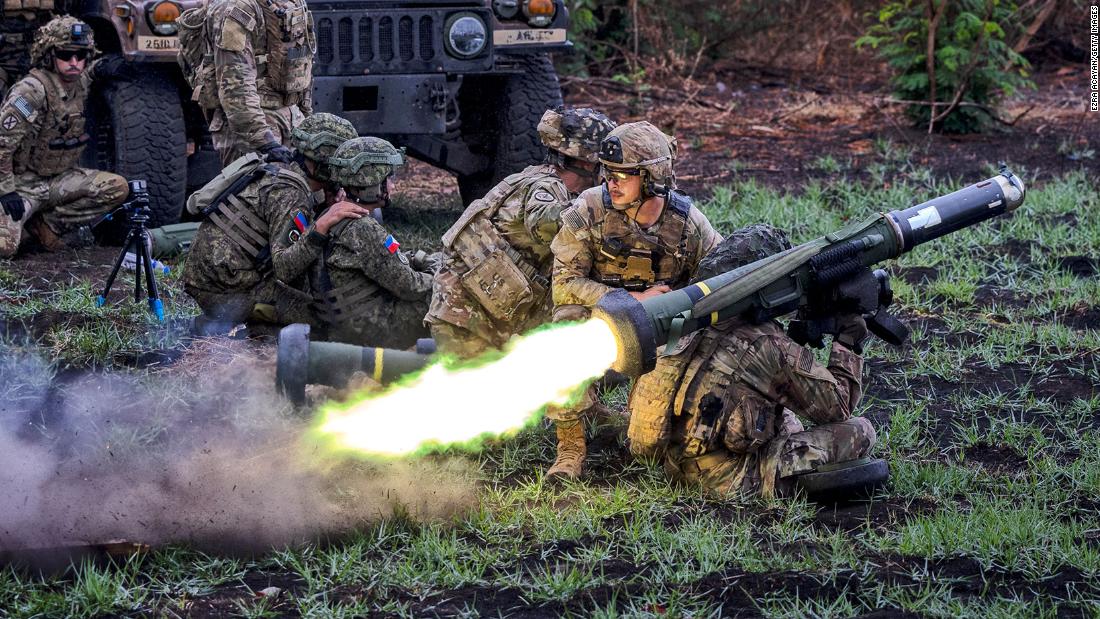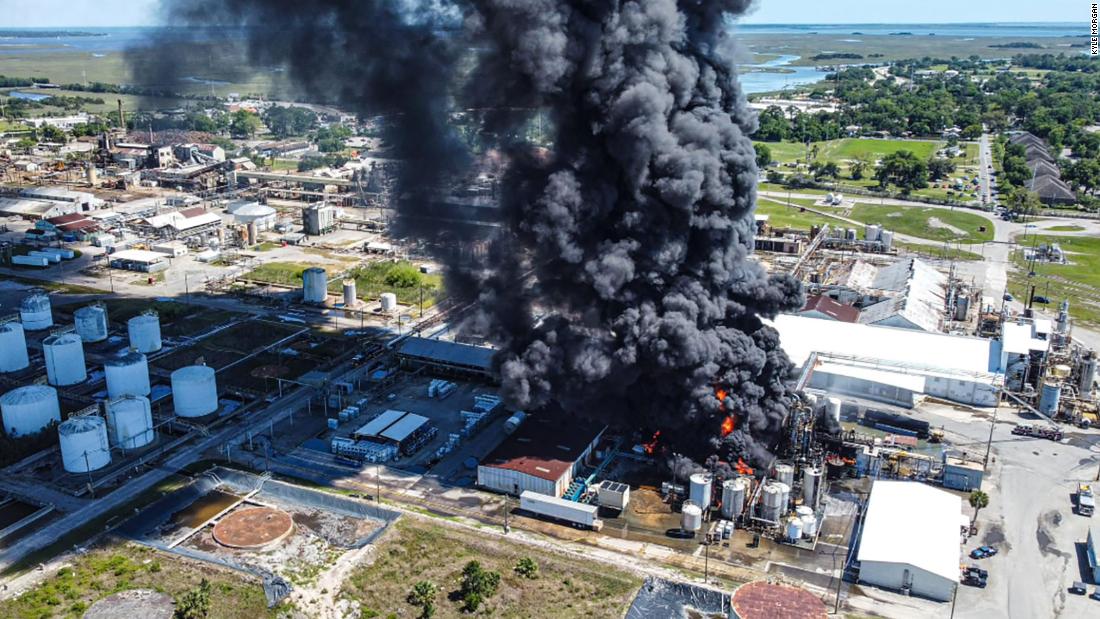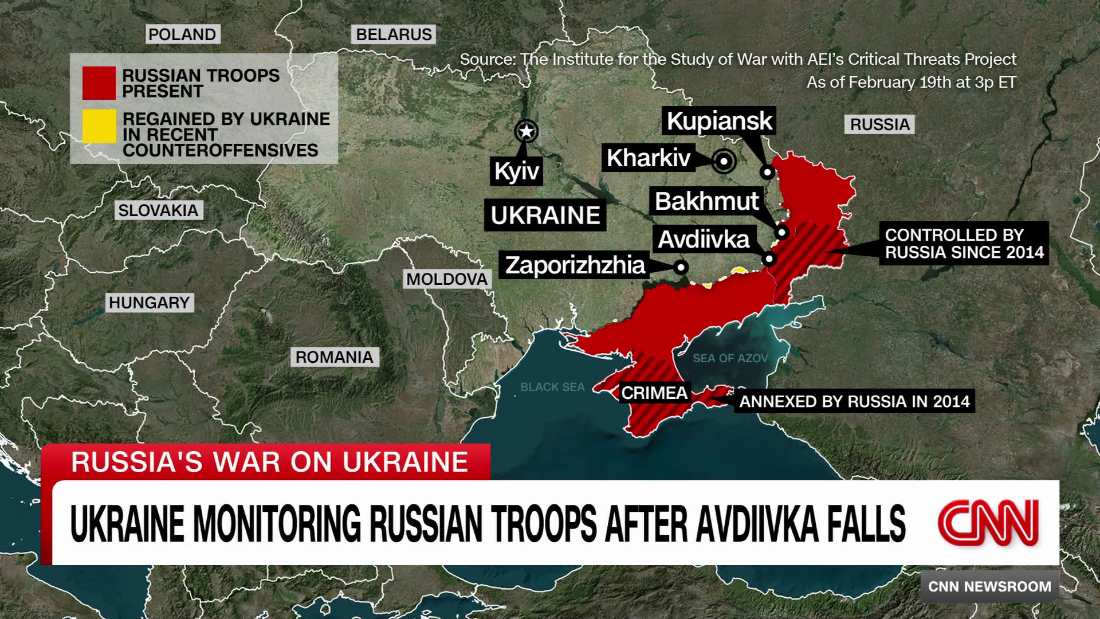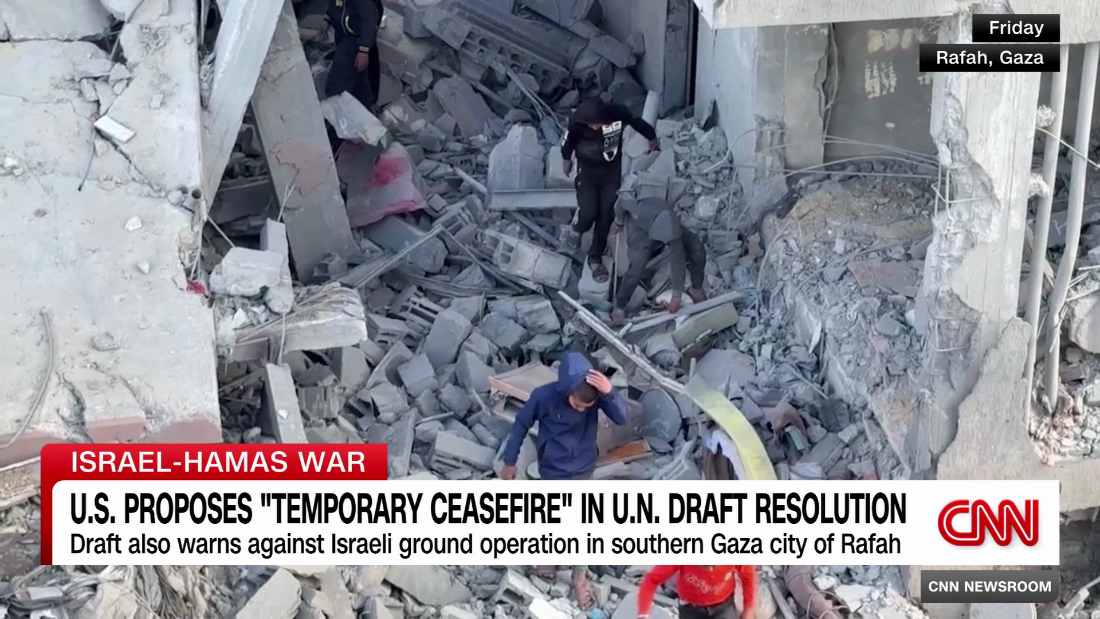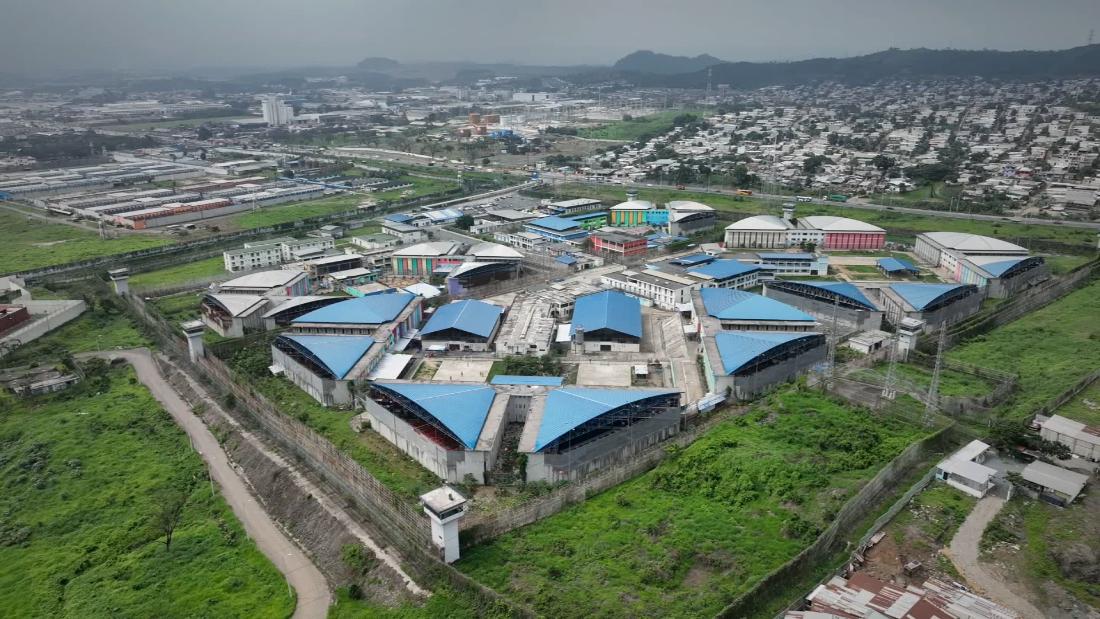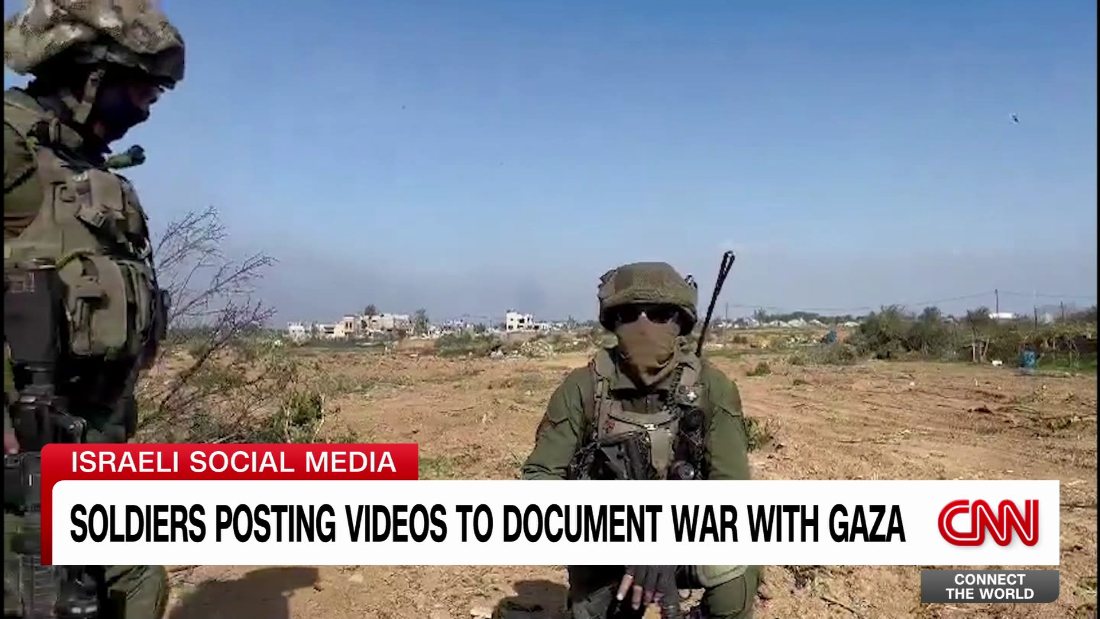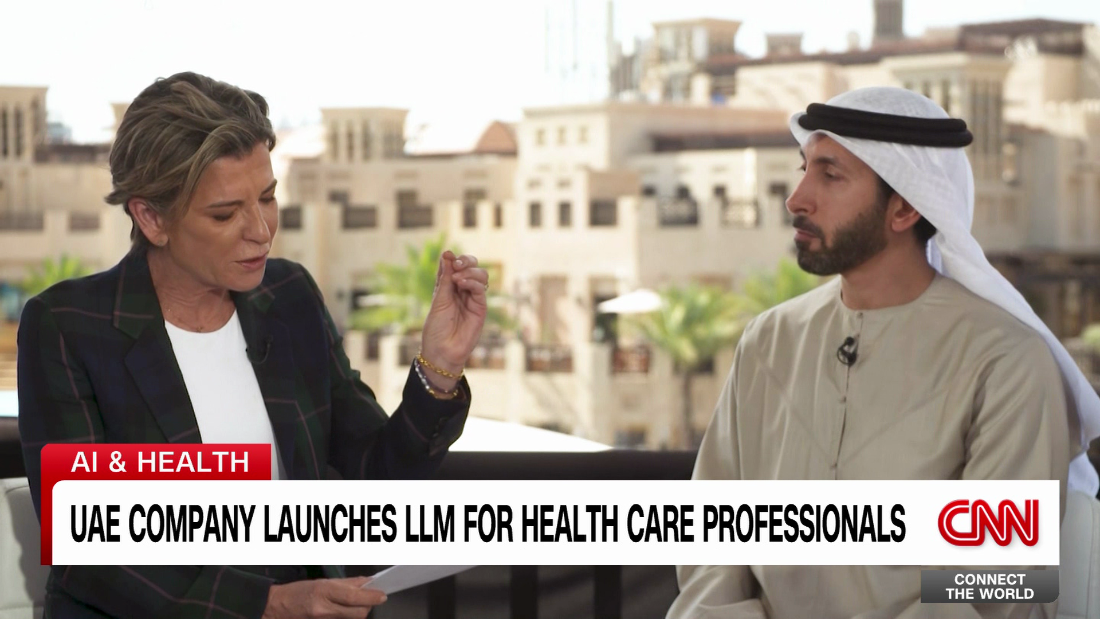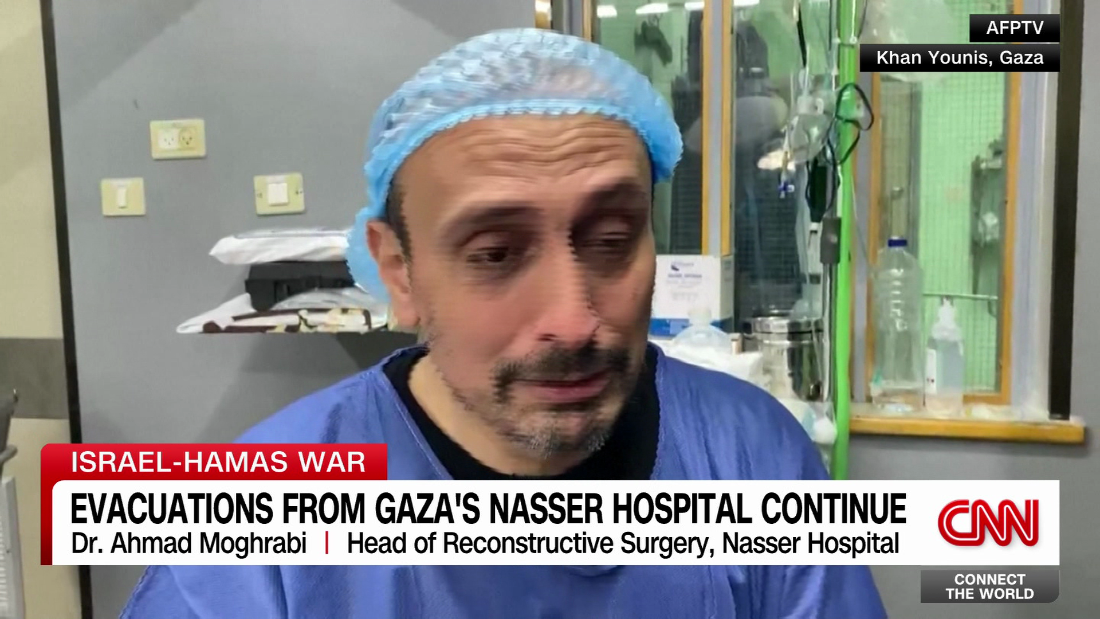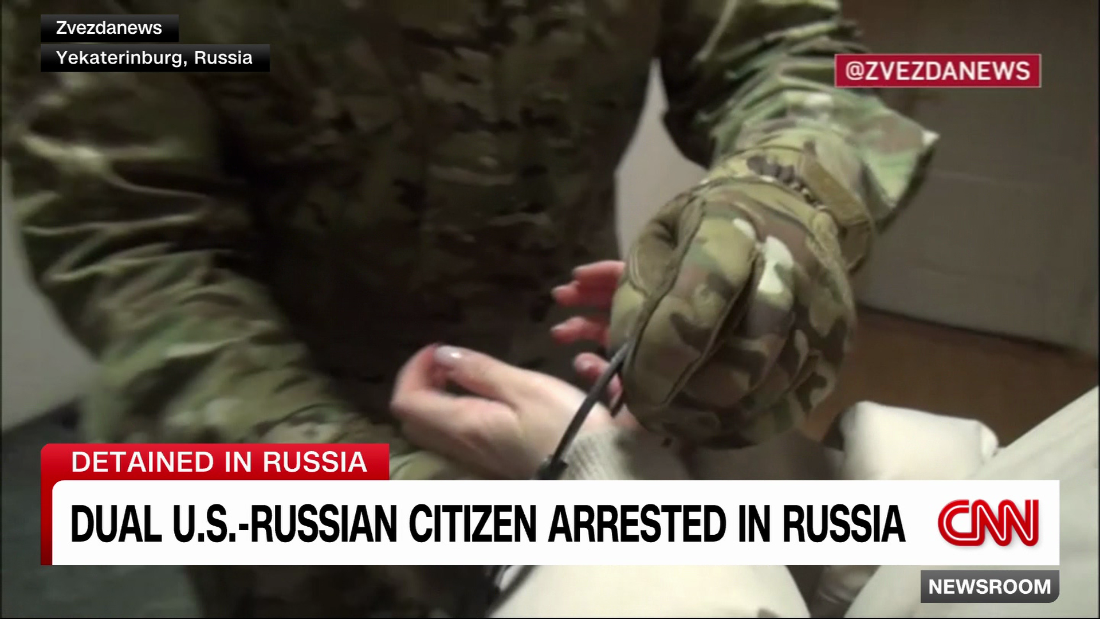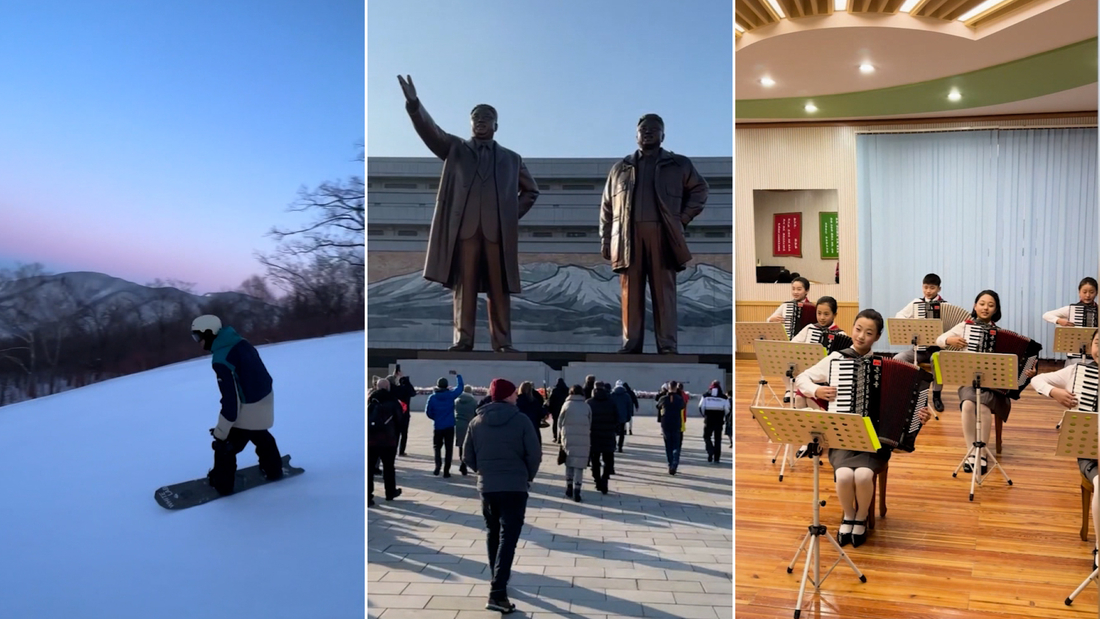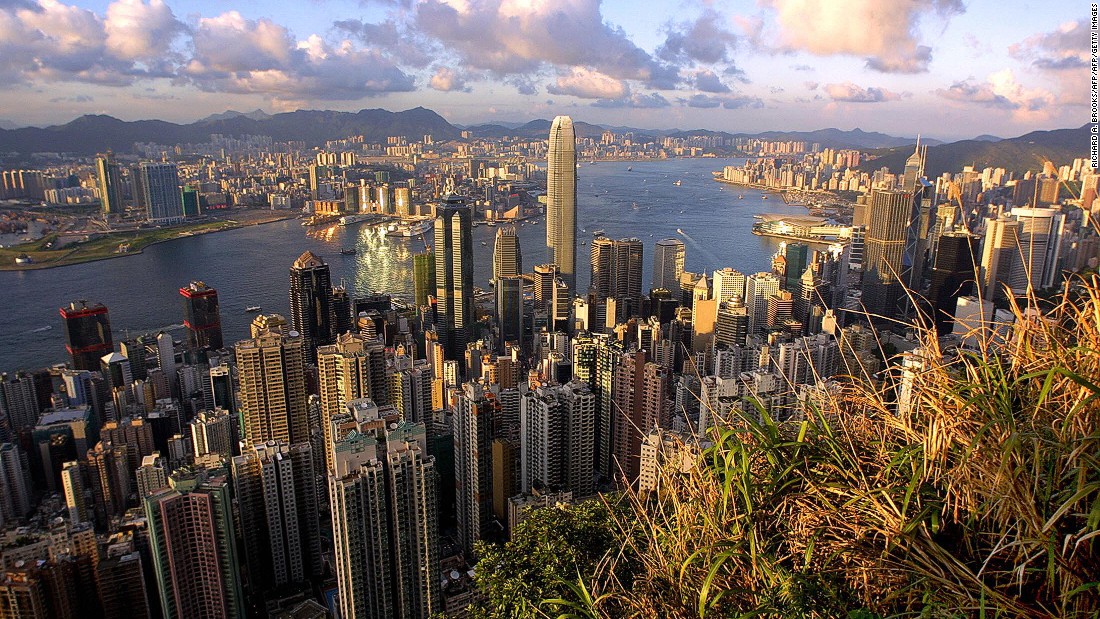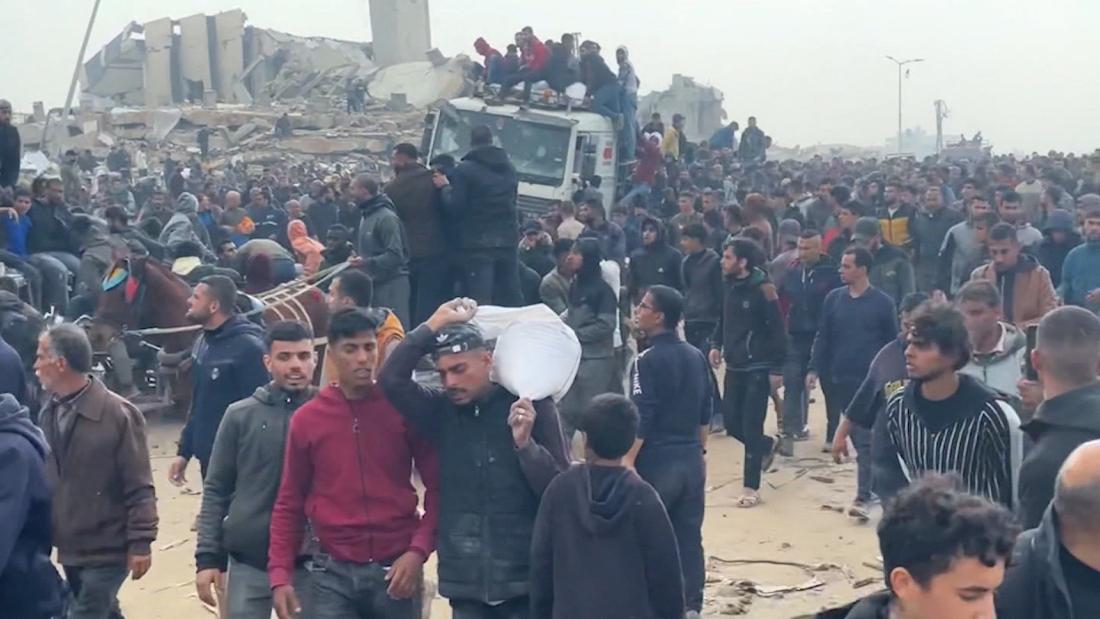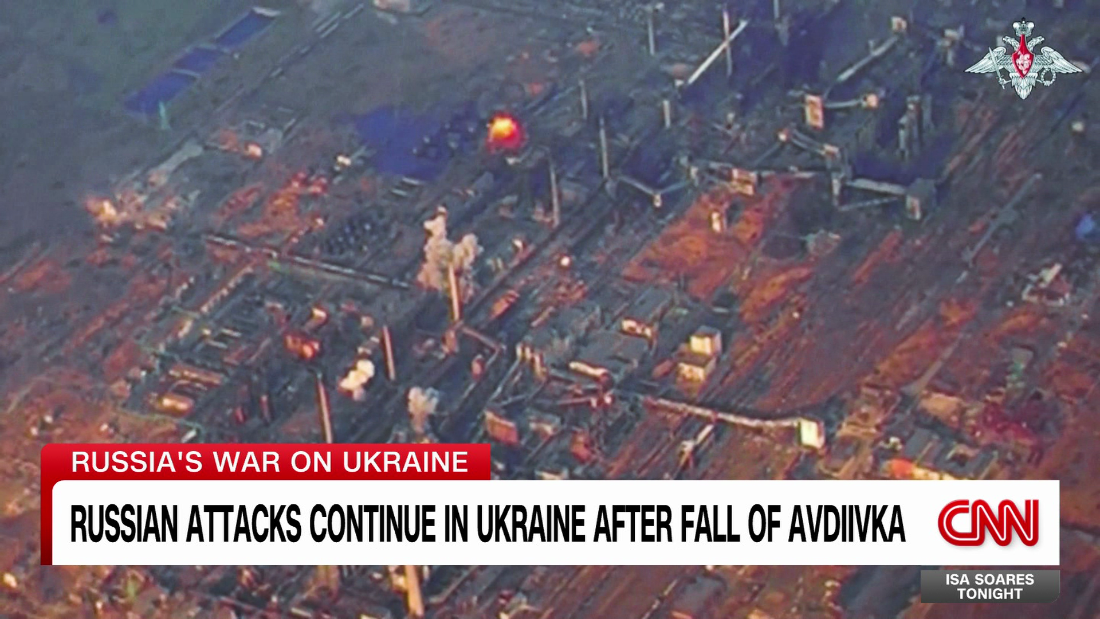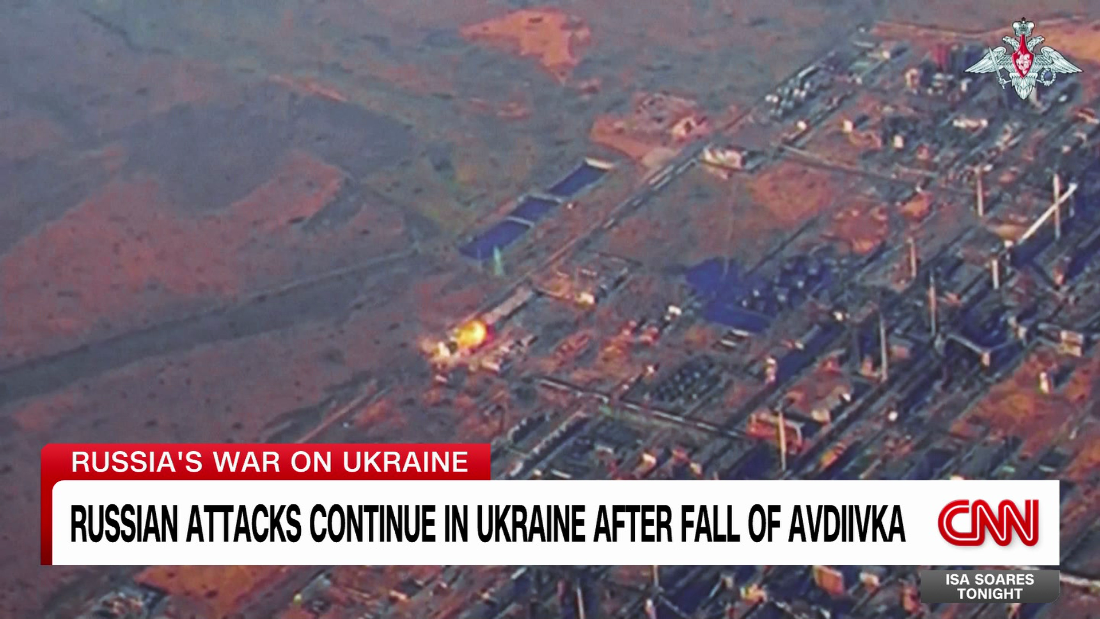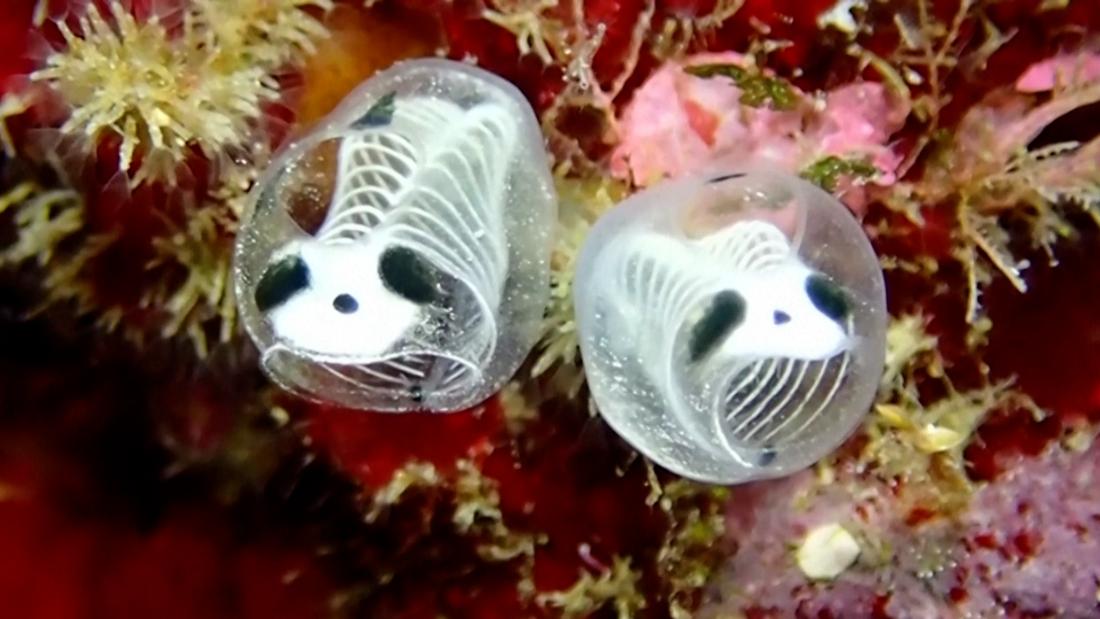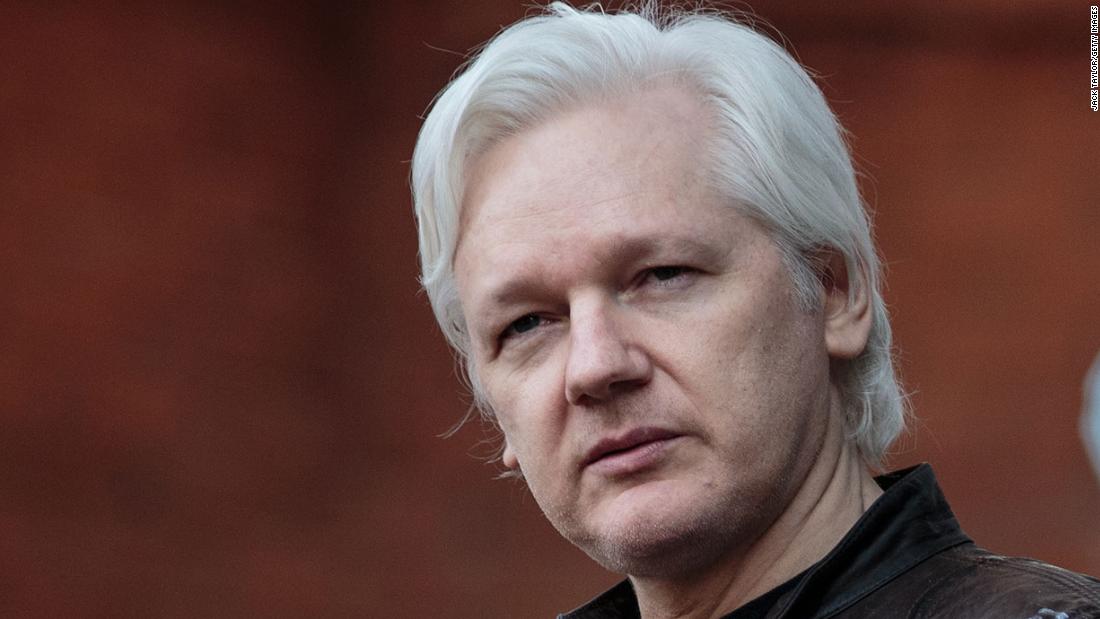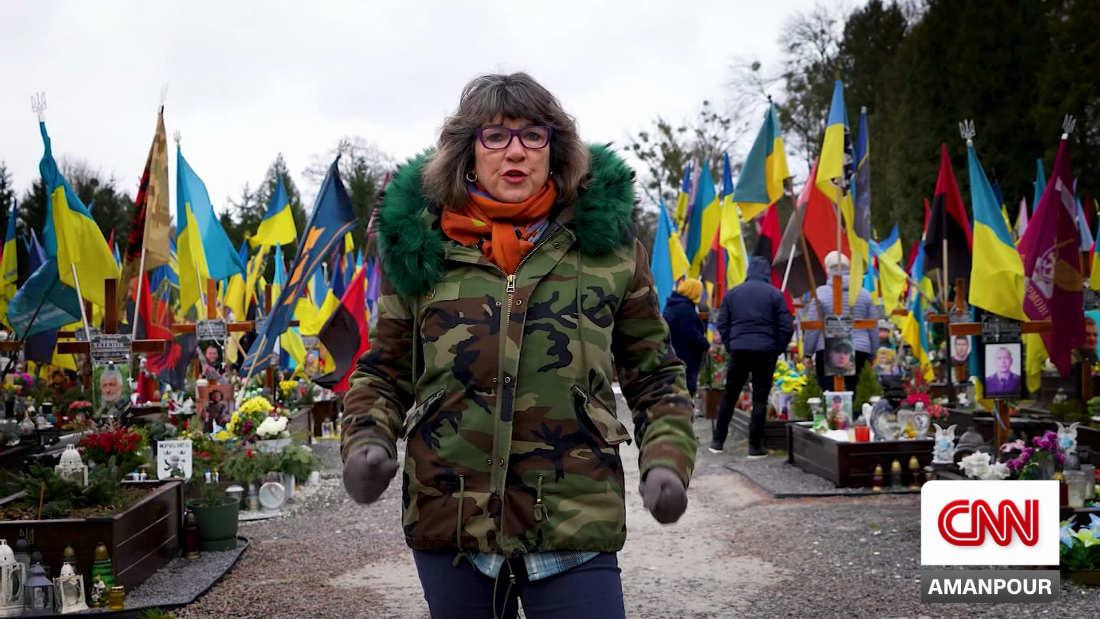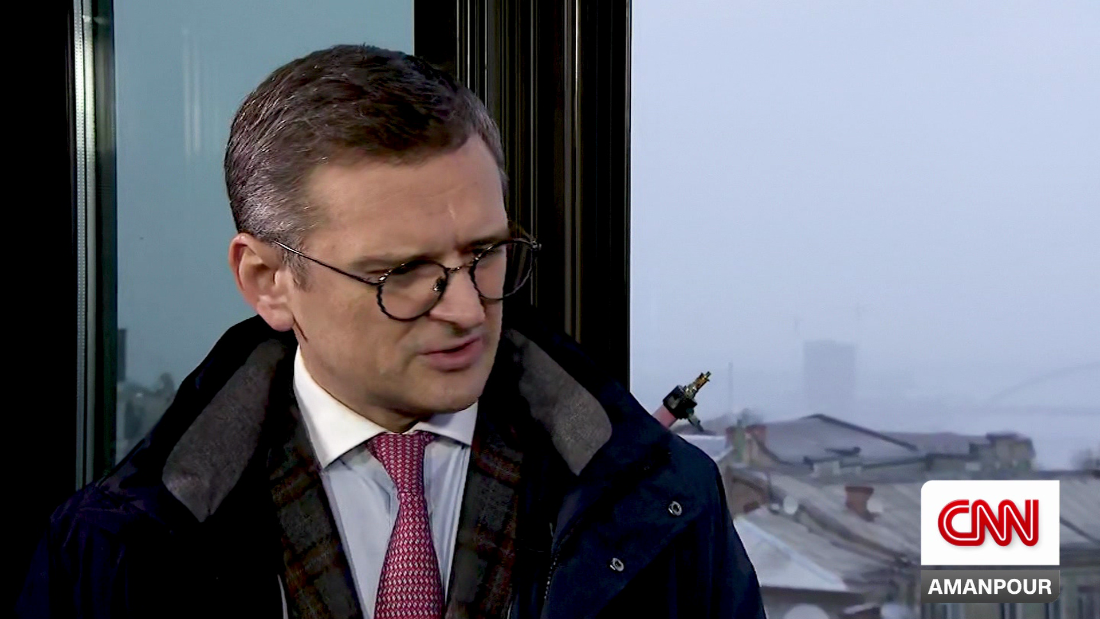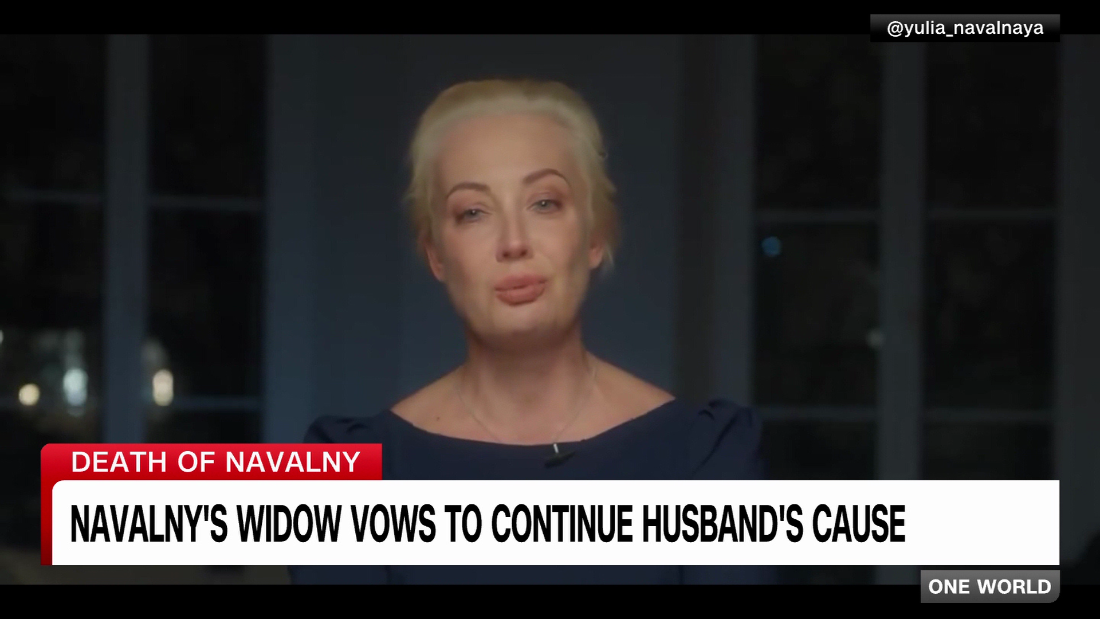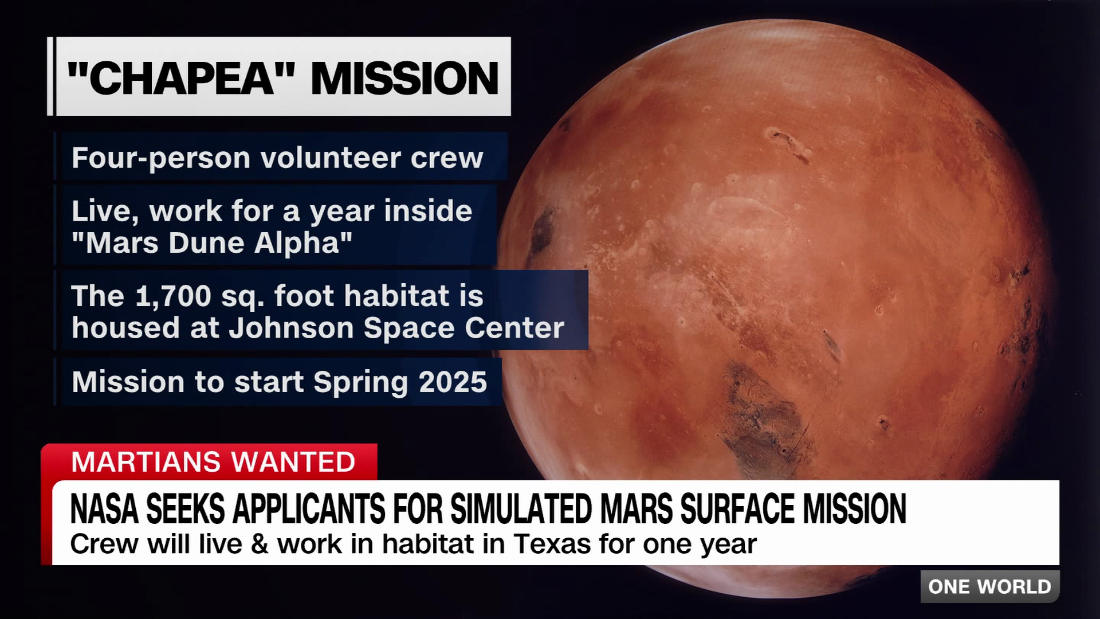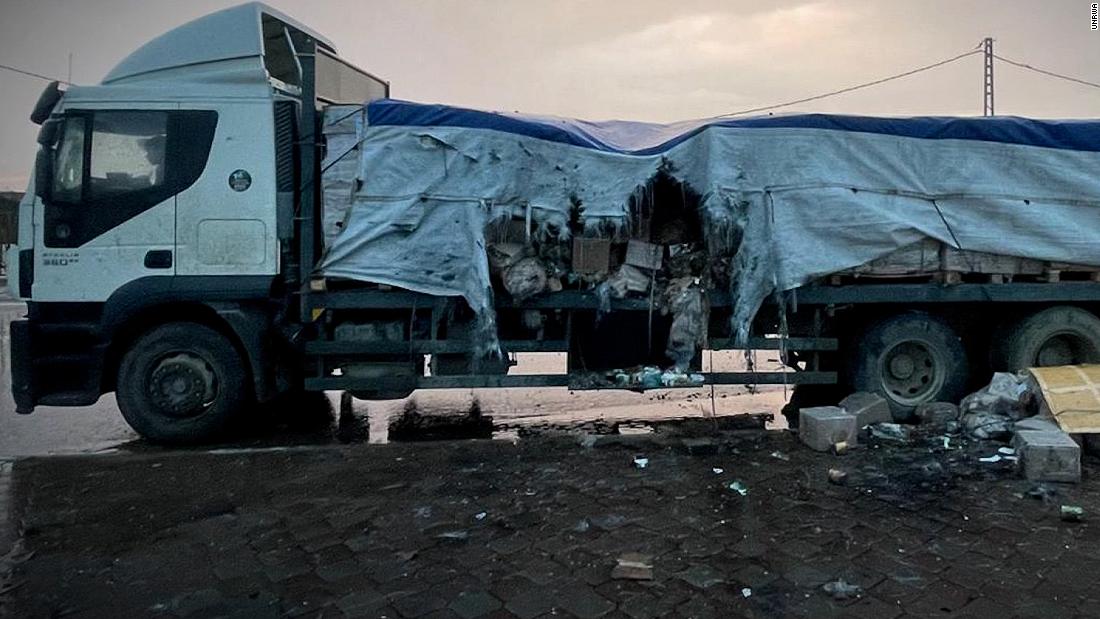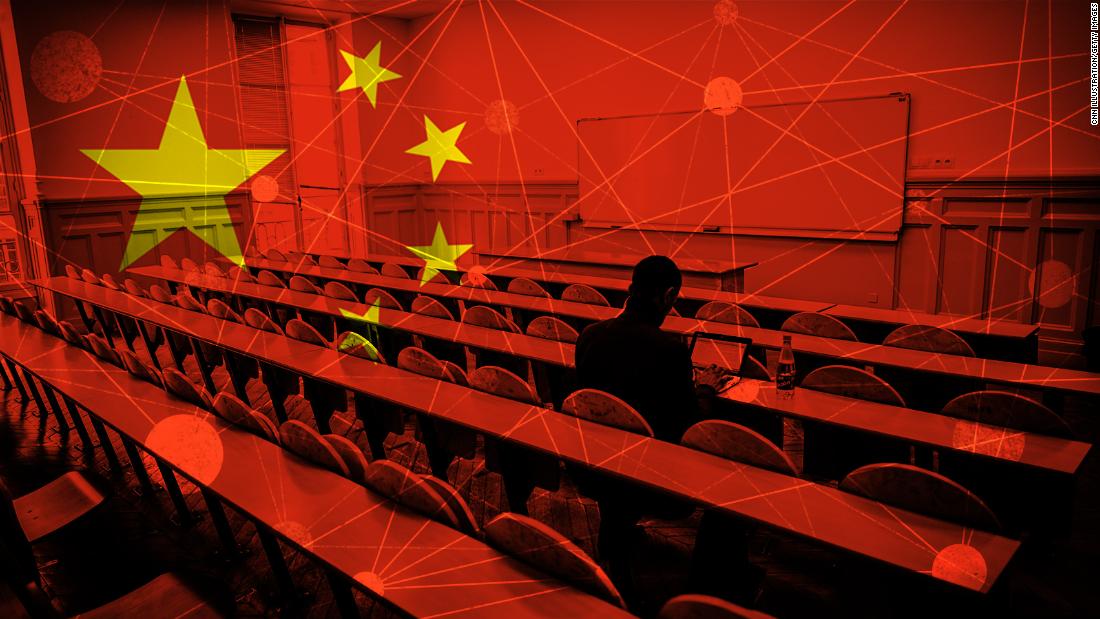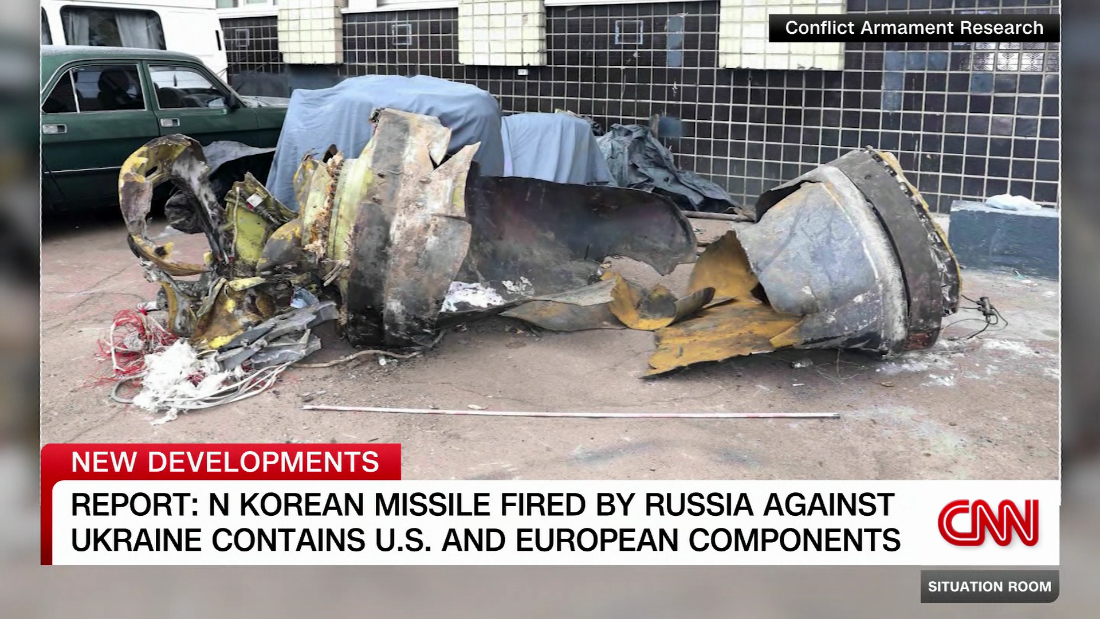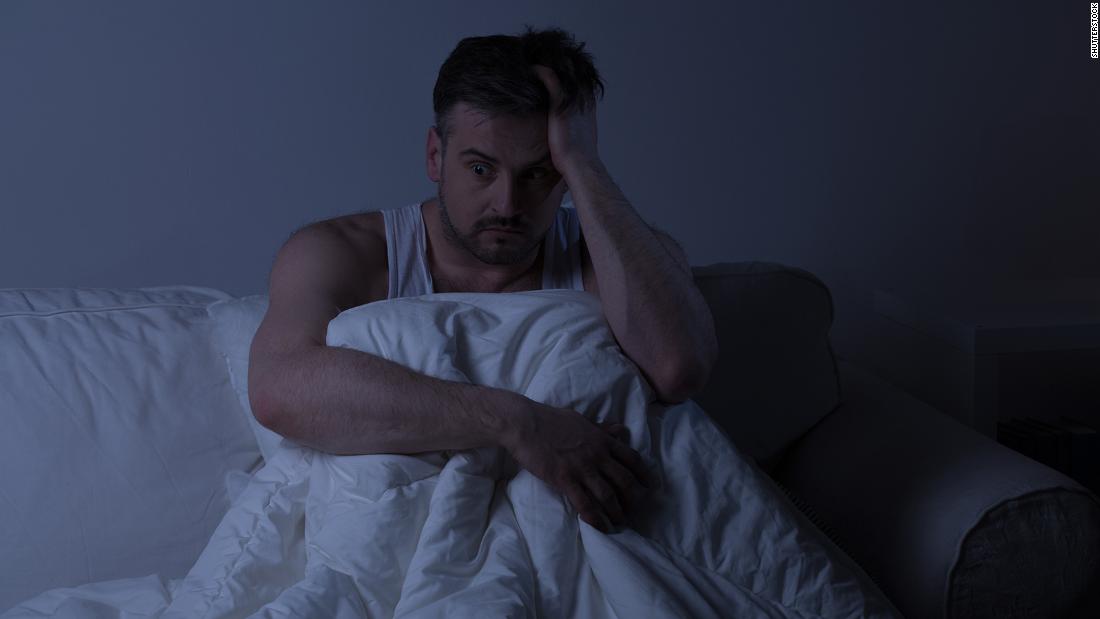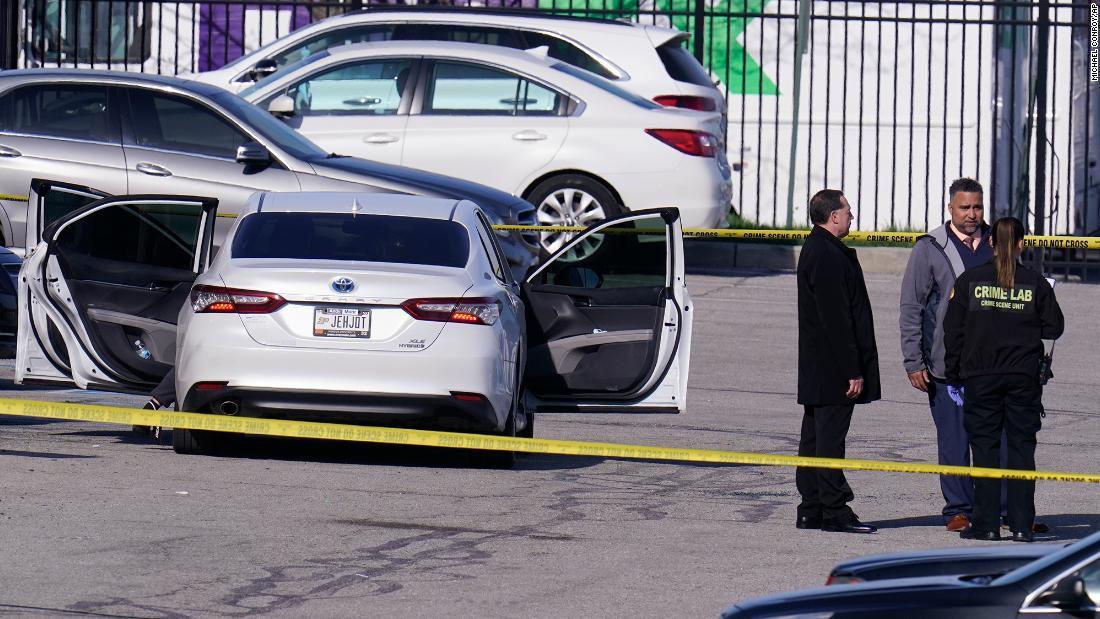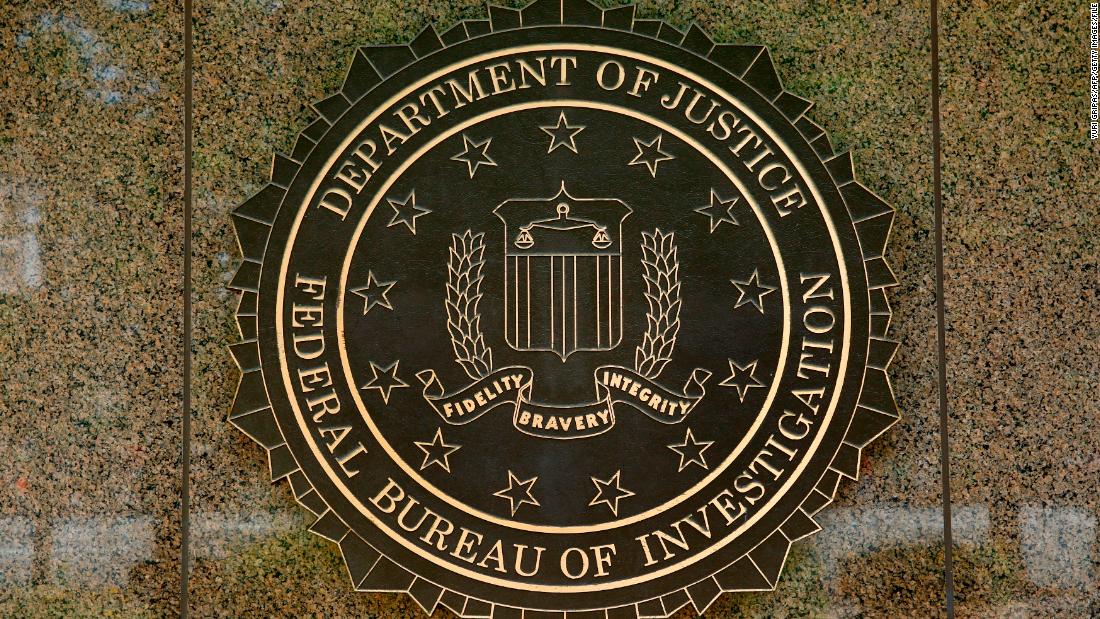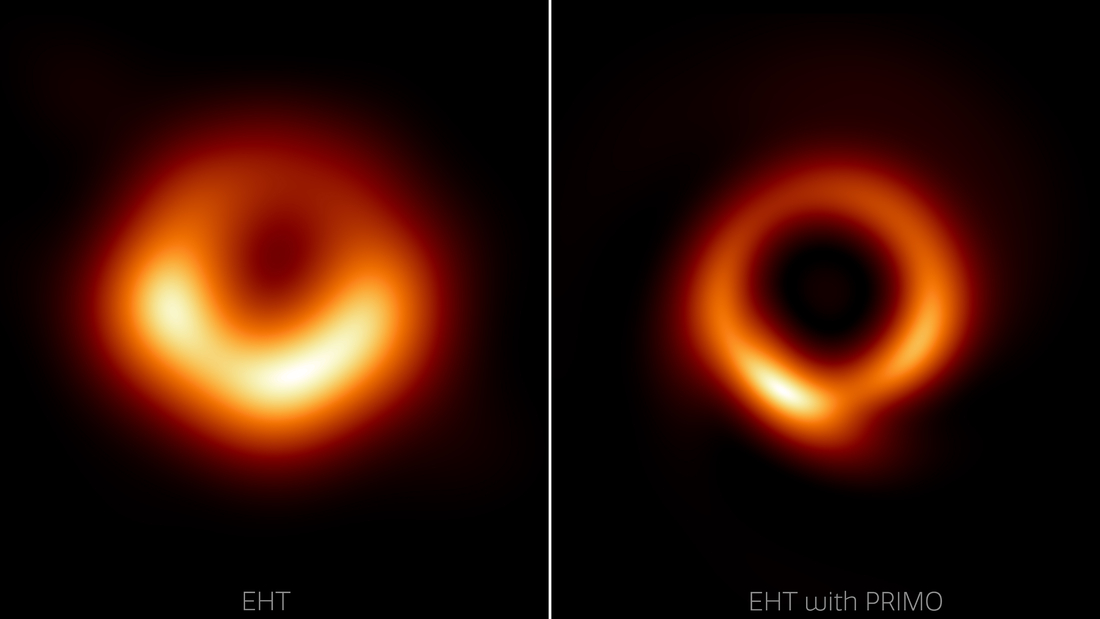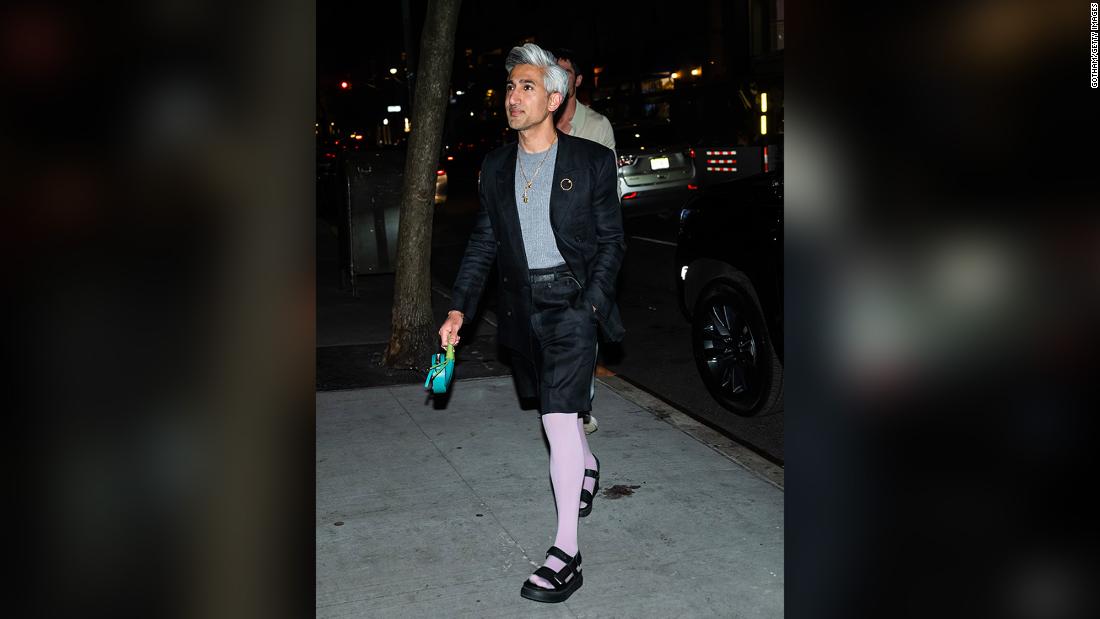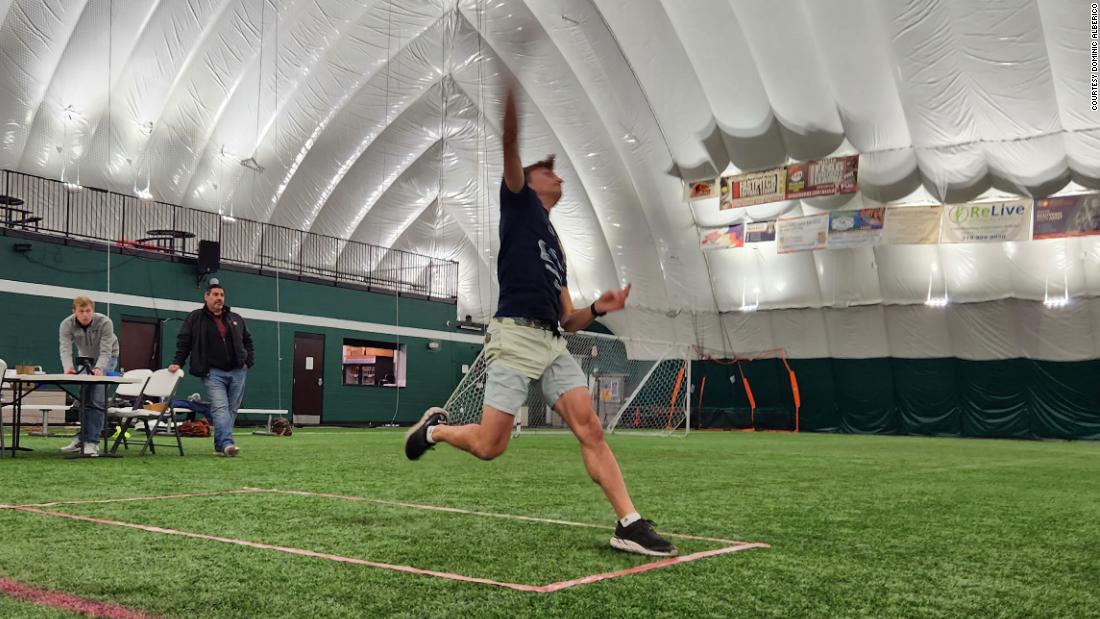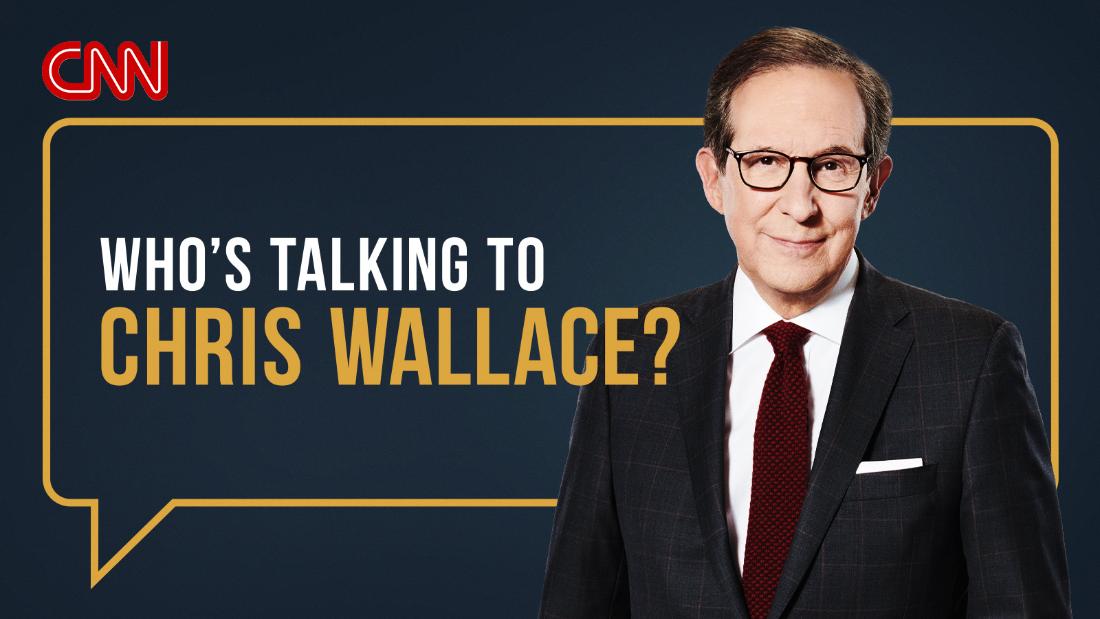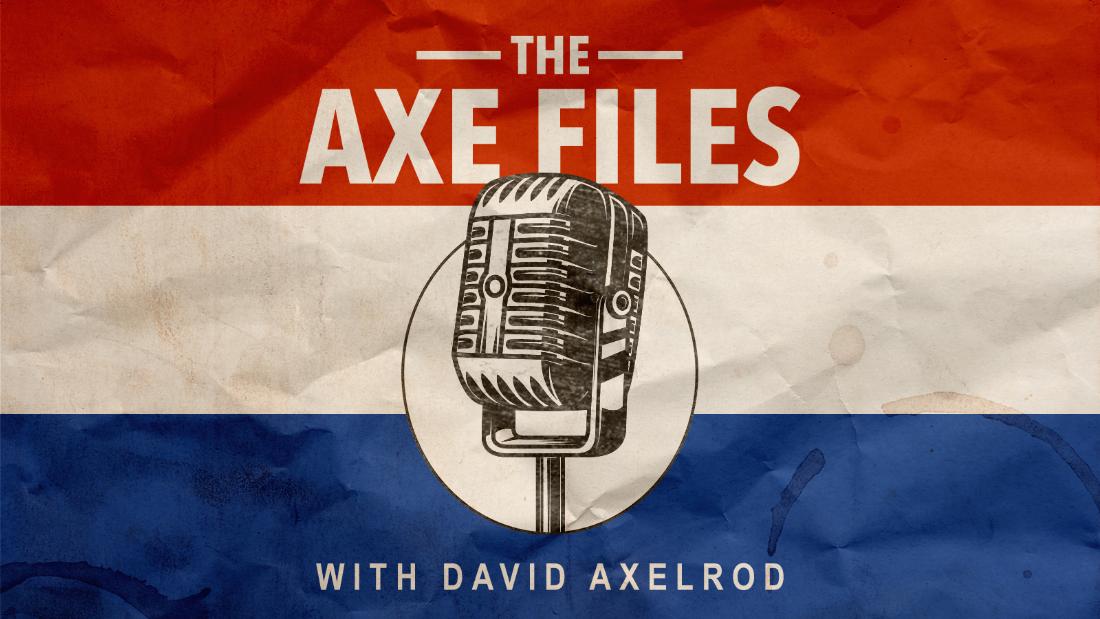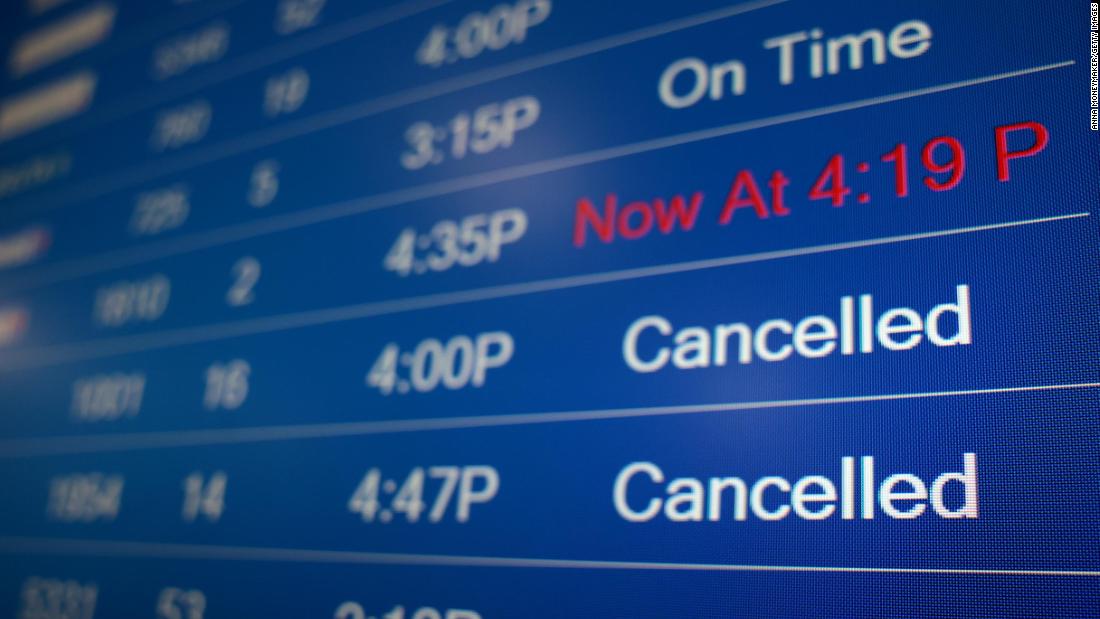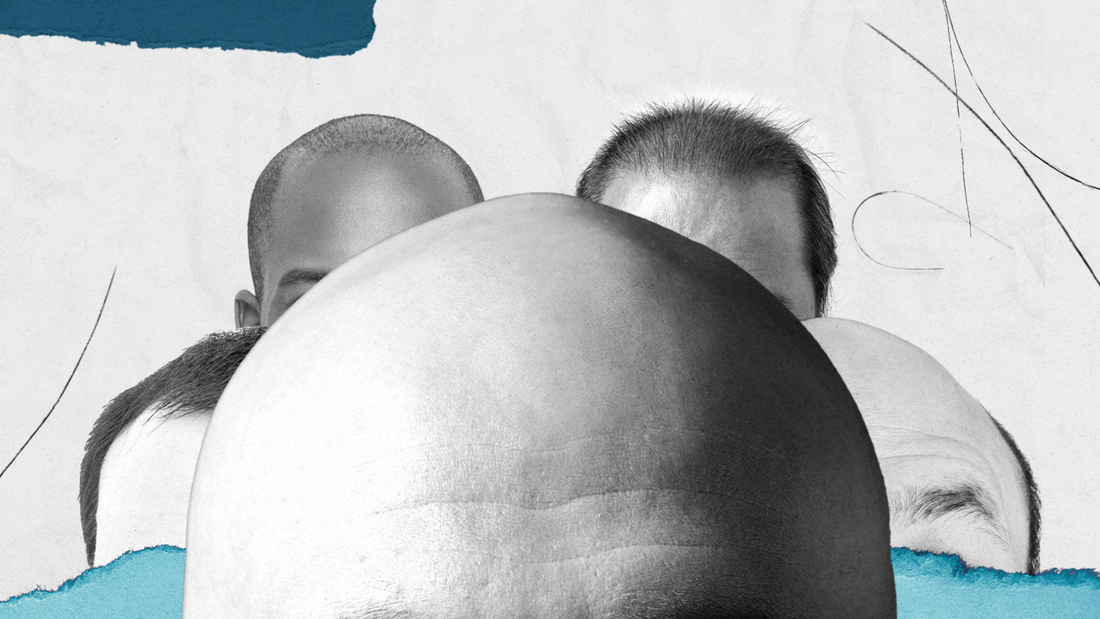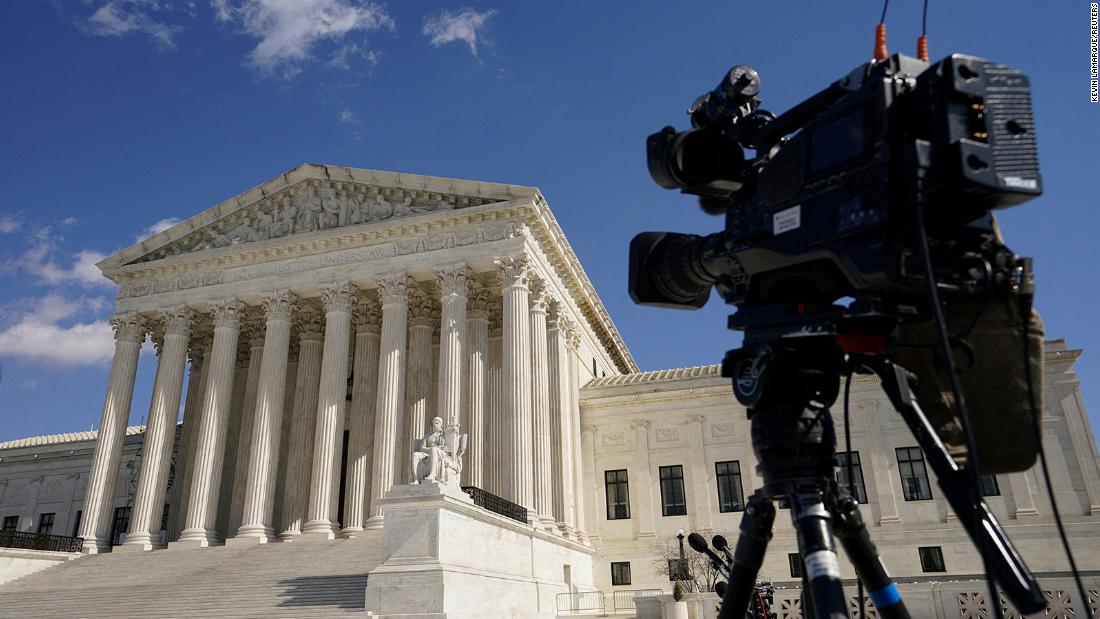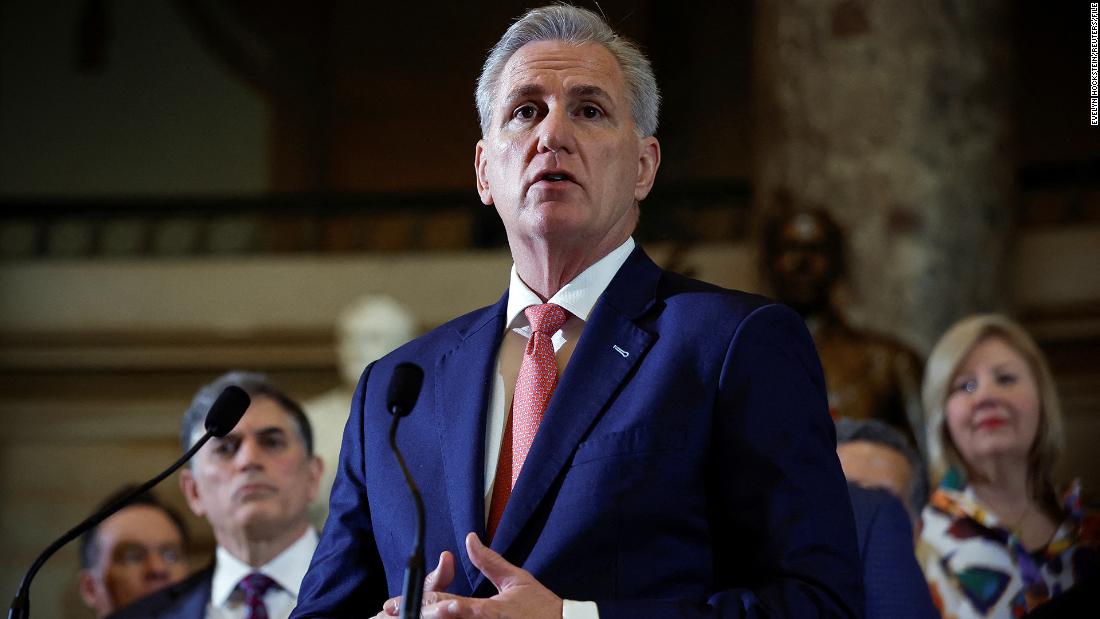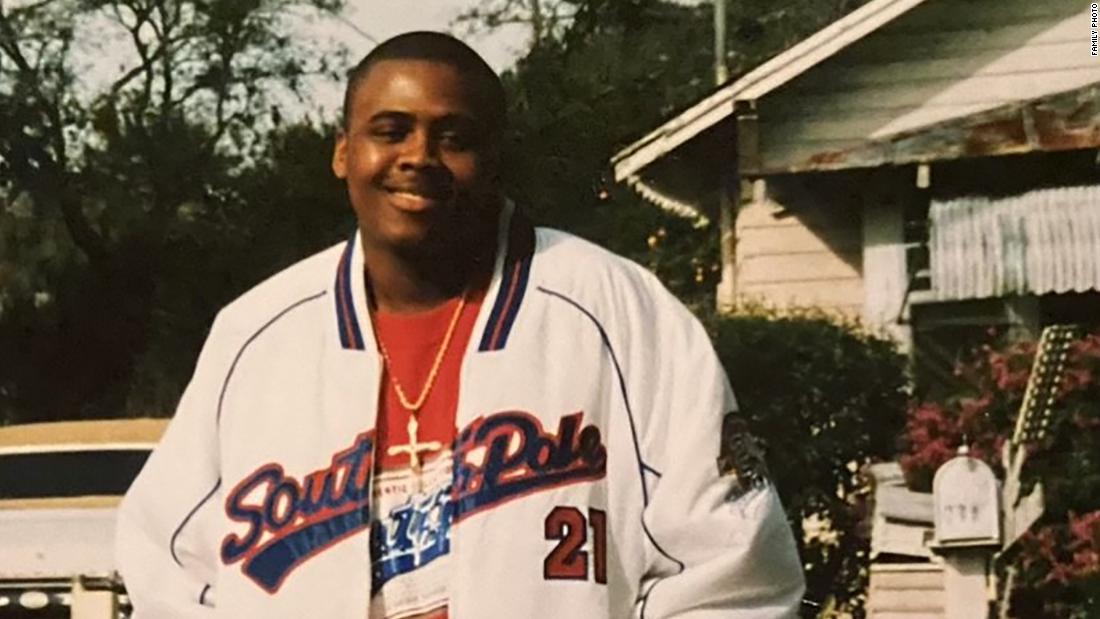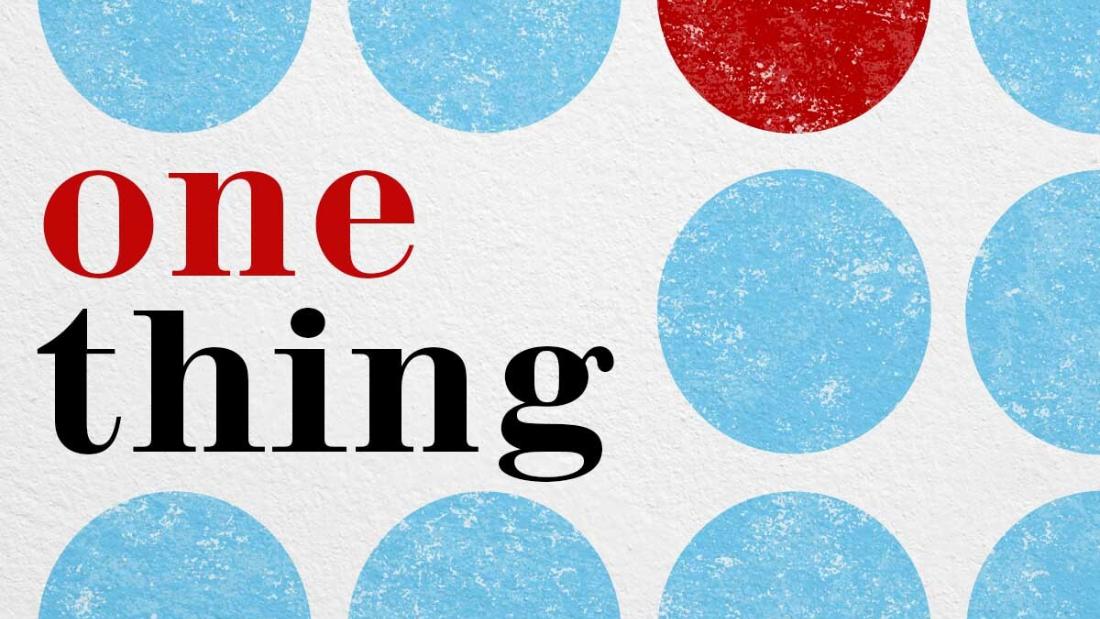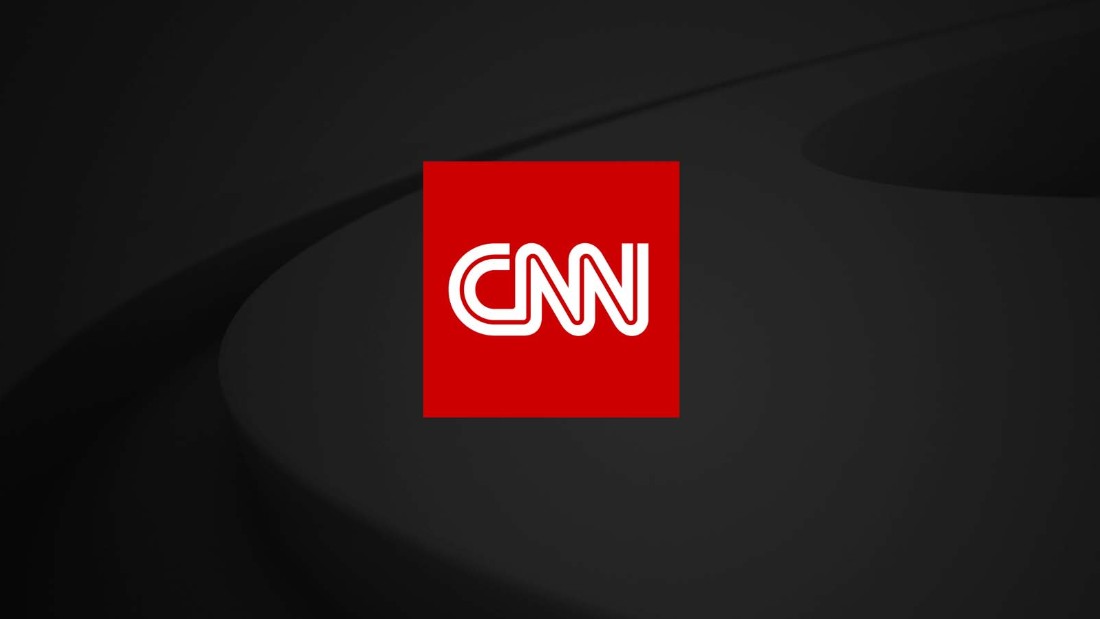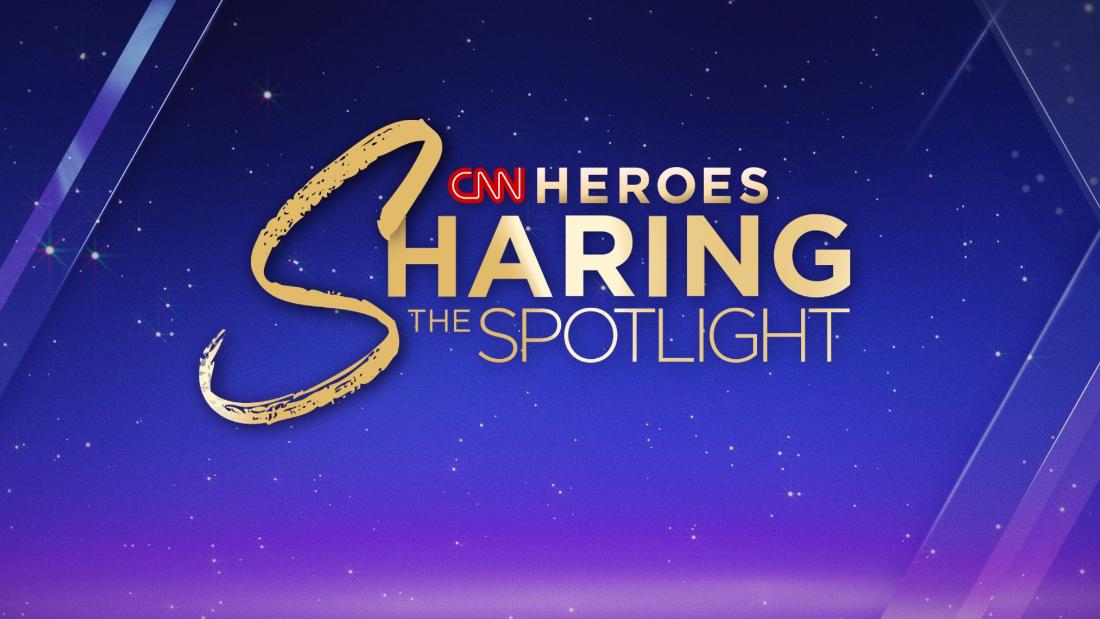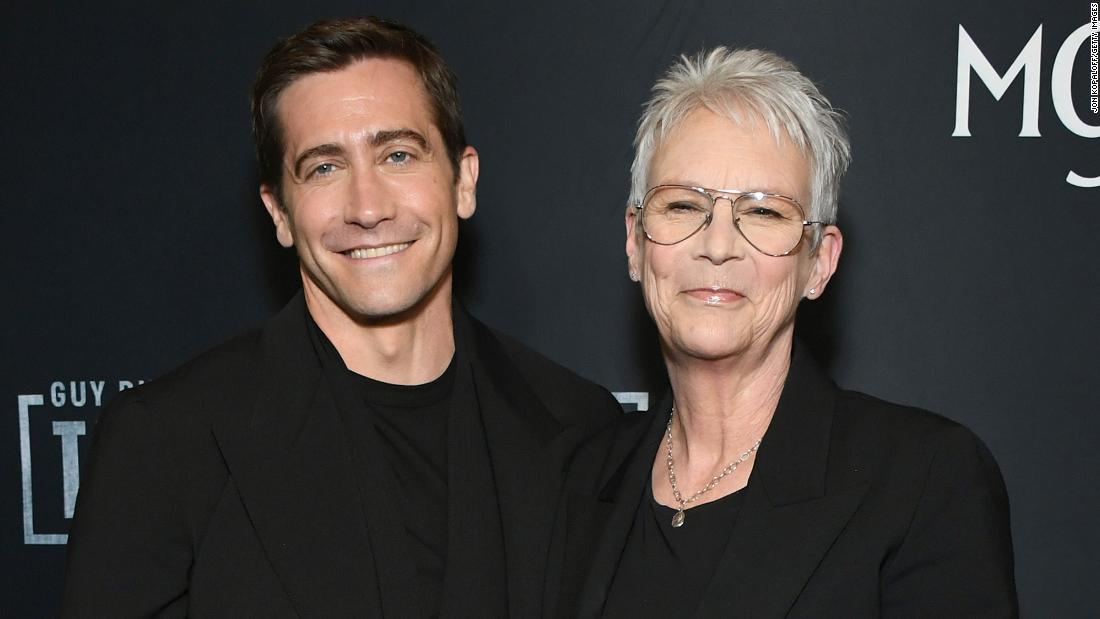AFTER twelve long years serving as the leader of 1.4billion Catholics around the world, Pope Francis’ final journey has now begun.
As the world mourns the loss of the beloved pontiff, carefully orchestrated plans are underway in the Vatican for his “humble” funeral.
Vatican Secretary of State Cardinal Pietro Parolin, left, prays in front of the body of Pope Francis laid out in state inside his private chapel at the Vatican
ReutersThe body of Pope Francis is placed in an open casket during the rite of the declaration of death[/caption]
APCardinals are now meeting in the Vatican to decide the date for the Pope’s funeral[/caption]
The pontiff’s funeral will take place on Saturday morning in St Peter’s Square, with the service scheduled to begin at 10am local time.
The service will be led by the dean of the College of Cardinals and is expected to draw top world leaders who will join thousands of mourners from across the globe for the historic event.
This includes President Donald Trump and his wife, Melania, as well as Ukrainian President Volodymyr Zelensky, who have all announced they would attend the pope’s funeral.
Key developments in the last 24 hours:
Pope Francis’ funeral to take place on Saturday at 10am local time
The Vatican revealed Pope Francis’ burial wish: a simple underground tomb in St Mary Major Basilica
All cardinals in Rome were summoned to the Apostolic Palace to prepare for the rites
The Italian government declared national mourning
King Charles paid tribute, saying the Pope touched ‘the lives of so many’
Donald Trump confirmed he and Melania will attend the funeral in Rome
Brazil’s President Lula declared a seven-day mourning period
Follow our live blog for the latest updates
Meanwhile, No10 said that Prime Minister Sir Keir Starmer will also attend the Pope’s funeral on Saturday.
European Commission President Ursula von der Leyen and European Council President António Costa are also expected to be at the funeral.
Many nations are likely to send heads of state or government to take part in the historic event.
The ceremony will be celebrated by the cardinals, with Giovanni Battista Re, the dean of the College of Cardinals, leading the service.
He will also deliver the final commendation, the solemn rite that formally entrusts the pope’s soul to God.
To mark the beginning of the last rites, Francis’ coffin will be kept at The Chapel of Casa Santa Marta – his Vatican residence – for a moment of prayer.
A funeral procession, expected to be two miles long, will then start heading towards St. Peter’s Basilica, where the last rites will take place.
The procession will pass through the Vatican’s Santa Marta and the First Roman Martyrs Square.
From the Arch of the Bells, it will exit into St. Peter’s Square and enter St. Peter’s Basilica through the central door.
The pope will be kept in the open space of the basilica for thousands of followers to see and pray.
A funeral mass will then be co-celebrated by cardinals and ceremonially dressed senior clerics and other members of the clergy.
Following the funeral, the pope’s body will be moved to the burial site outside the Vatican.
A humble Francis decreed in his will that he would be interred in a simple underground tomb at Santa Maria Maggiore, unlike the previous popes who had been buried in the crypts beneath St Peter’s Basilica.
Francis will be the first pope in more than a hundred years to be buried outside of the Vatican walls.
He also said he had arranged for an unnamed benefactor to cover the costs of the burial.
APFrench President Emmanuel Macron, right, shakes hands with Pope Francis at the Vatican in 2018[/caption]
AlamyPope Francis welcomes Ukrainian President Volodymyr Zelensky in Italy[/caption]
ReutersUS President Donald Trump and Pope Francis meet at the Vatican in May 2017[/caption]
ReutersPope Francis speaks with the then-Prince Charles in October 2019[/caption]
EPAThe Pope welcomed Leonardo DiCaprio in 2016[/caption]
Even the age-old tradition of preparing three coffins of cypress, lead and oak has been ditched, as desired by Francis during the years before his death.
He will be buried in a simple underground tomb prepared “without particular ornamentation,” marked only as “Franciscus,” according to his wishes.
The Pope’s death has triggered centuries-old Vatican rituals, including the symbolic breaking of his “Fisherman’s Ring” and lead seal, marking the start of the Church’s transition to a new leader.
Saturday will mark the first of nine official days of mourning, a traditional period known as novemdiales.
Once this mourning phase concludes, the conclave process to elect the next pope will formally begin.
Tens of thousands of catholics and followers of Pope Francis are expected to attend the events.
Apart from the top world leaders, a slew of celebrities could go to Rome to attend the historic event.
This could include stars like Leonardo DiCaprio and football legend Lionel Messi.
What’s happening today at Vatican?
Cardinals are gathering this morning in the Vatican for a high-stakes meeting to kick off funeral planning and preparations for choosing Pope Francis’s successor.
According to the apostolic constitution, today’s agenda will focus on several urgent decisions, including:
Setting the date and time of the funeral, which must take place “between the fourth and sixth day after death”
Determining when the pope’s body will be moved to St Peter’s Basilica for public homage
Arranging accommodation for the 135 cardinals flying in for the conclave, likely at the House of St Martha
Choosing two ecclesiastics to deliver “well-prepared meditations” on challenges facing the Church and what qualities to seek in the next pope
Discussing funeral costs and reviewing any final documents Pope Francis may have left
Picking the date for the conclave, expected to begin 15–20 days after his death
The meeting marks the start of a historic transition for the 1.4 billion-member Church.
Pope Francis died from a cerebral stroke and subsequent irreversible heart failure on Easter Monday.
His death has plunged 1.4billion Catholics across the globe into mourning.
The pontiff had been hospitalised for weeks at the Gemelli hospital in Rome earlier this year after suffering a bout of bronchitis and double pneumonia.
He was discharged on March 23 after the 38-day stay and was able to bless crowds of worshippers on Easter Sunday.
But just hours later, Vatican officials announced the leader of the Catholic Church had passed away.
The cerebral stroke led to a coma and irreversible heart failure, a death certificate released by the Vatican said.
It came just one day after the Pope appeared in front of thousands of people in St. Peter’s Square in what was his first full public appearance since he was discharged from the hospital earlier this year.
It is said that Vatican doctors had advised the pontiff to ease up his schedule and avoid hectic situations, such as meeting a big crowd, to avoid getting an infection.
But the humble clergyman defied his doctors’ orders to stay indoors in his last 24 hours and made his final act to meet thousands of his faithful followers and bless them on Easter Sunday.
The crowd shouted and cheered as a frail-looking Francis looped through the square in his open-topped popemobile and then up and down the main avenue leading to it.
He stopped occasionally to bless babies brought up to him, just weeks after fighting for his life.
Brothers and sisters, Happy Easter!” Francis said.
Francis didn’t celebrate the Easter Mass in the piazza, delegating it to Cardinal Angelo Comastri – the retired archpriest of St. Peter’s Basilica.
But after the Mass ended, Francis appeared on the loggia balcony over the basilica entrance for more than 20 minutes and imparted the apostolic blessing in Latin.
The crowd of people below, estimated by the Vatican to be more than 35,000, erupted in cheers as a military band kicked off rounds of the Holy See anthem.
‘REFORMER’ POPE
Pope Francis made history when he became the first leader of the Catholic Church from the Americas.
The then 76-year-old Archbishop of Buenos Aires, who was born Jorge Mario Bergoglio, was given his new name after he was elected to succeed Pope Benedict XVI on March 13, 2013.
He was born in Buenos Aires, Argentina, on December 17, 1936, to Italian immigrants.
The Argentine had worked as a bouncer before turning to the priesthood after recovering from pneumonia back in 1958.
Francis was ordained a priest on 13 December 1969 and trained in Spain for a year before moving back to Argentina.
Francis took over the role of Pope in 2014, and was seen as an outspoken moderniser, reformist and progressive.
He had championed the decriminalisation of homosexuality, warned against threats to democracy, and supported the cause of refugees.
When he became the Pope, he shunned a grand papal apartment and chose to live in a modest two-room residence.













